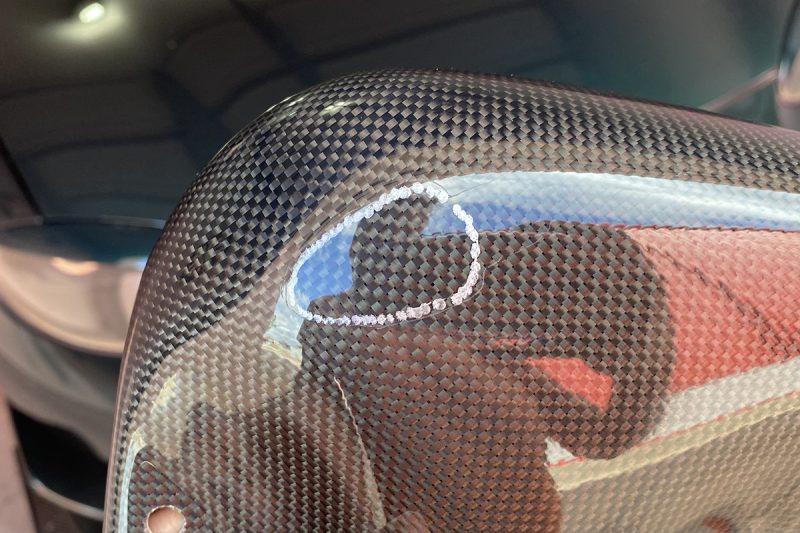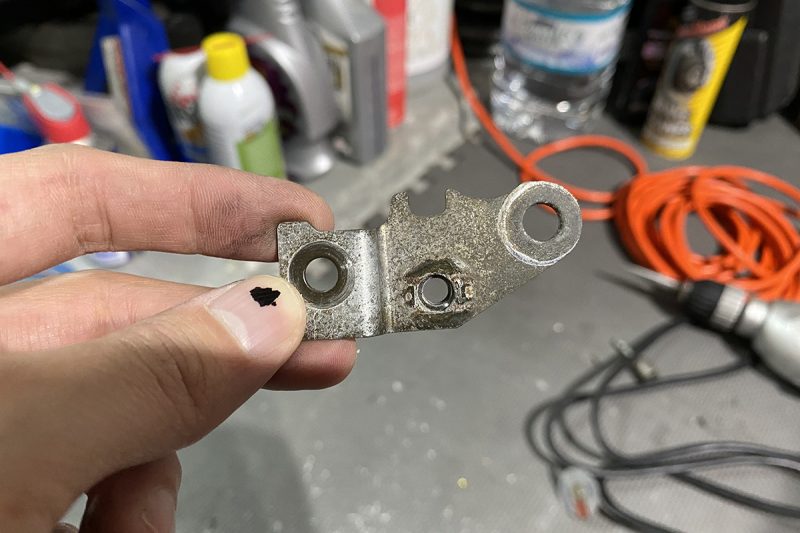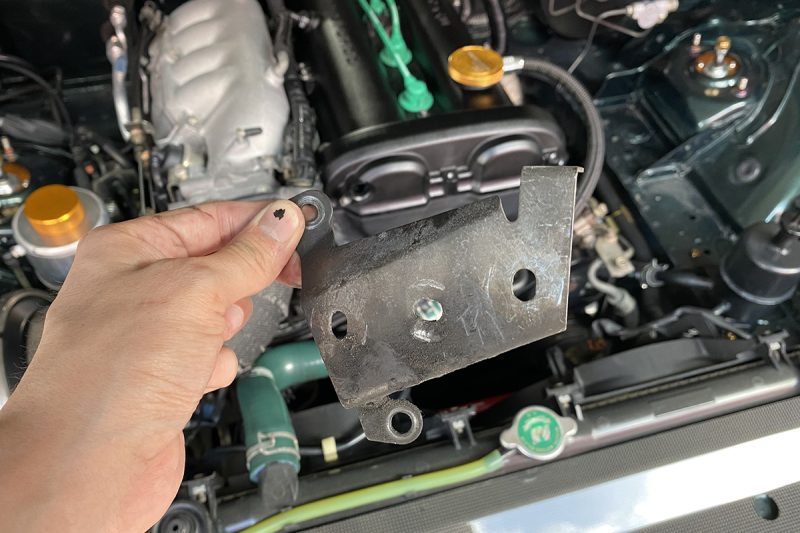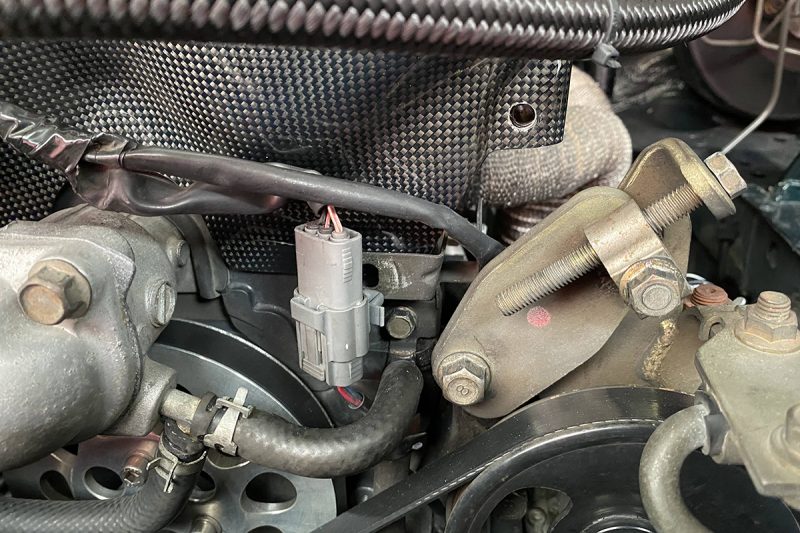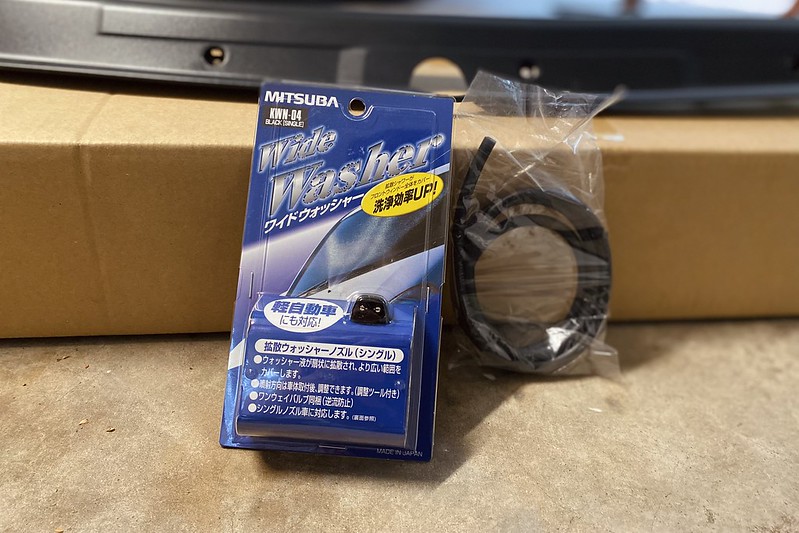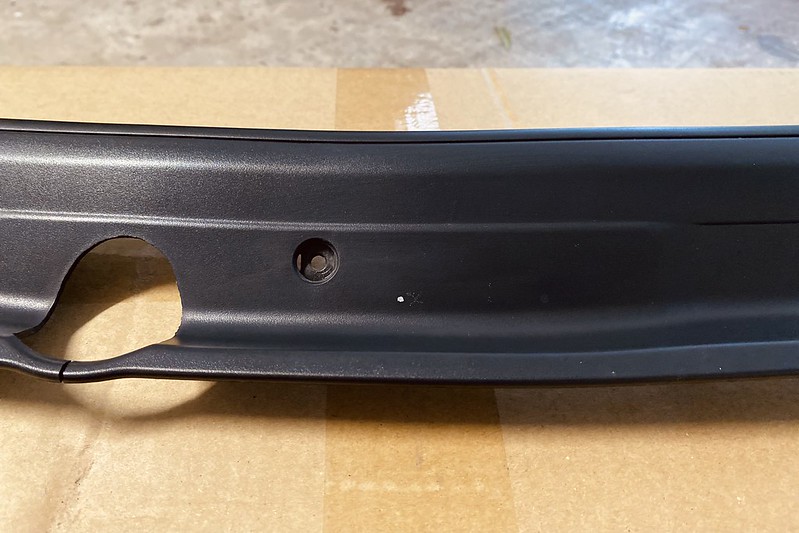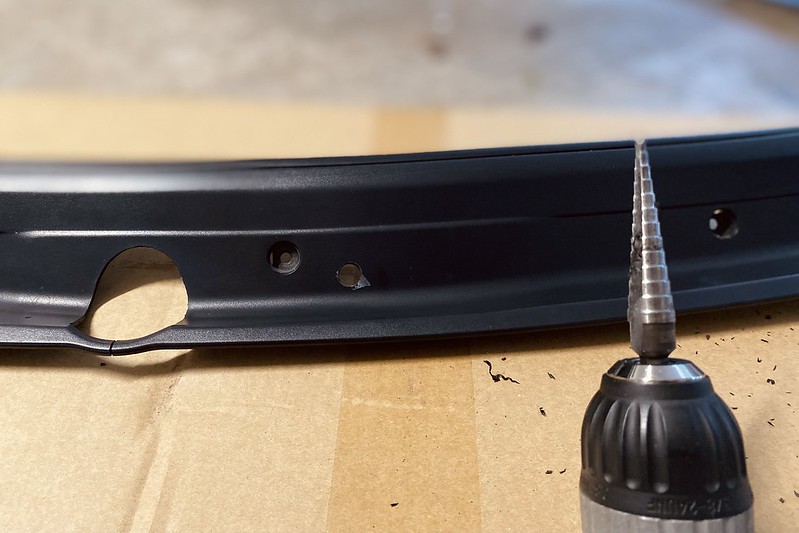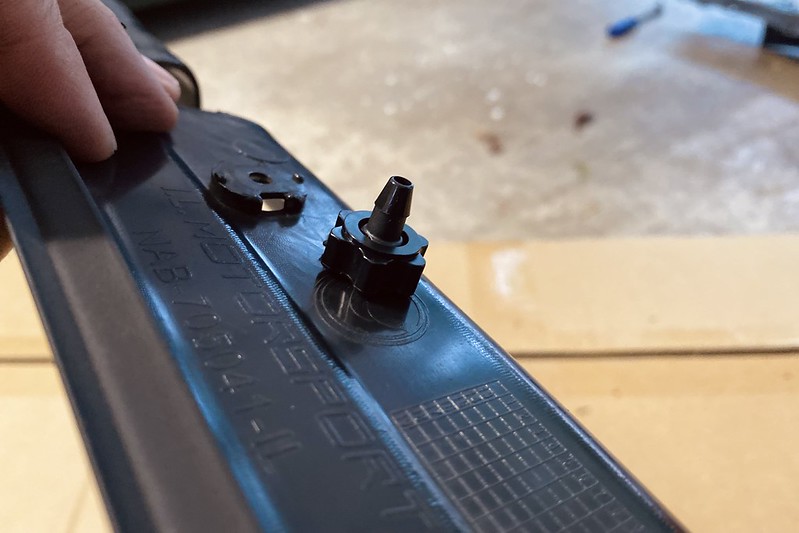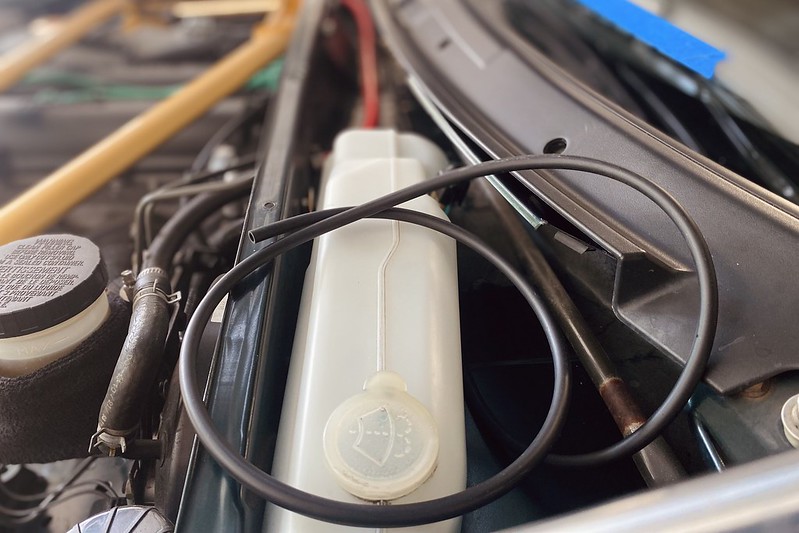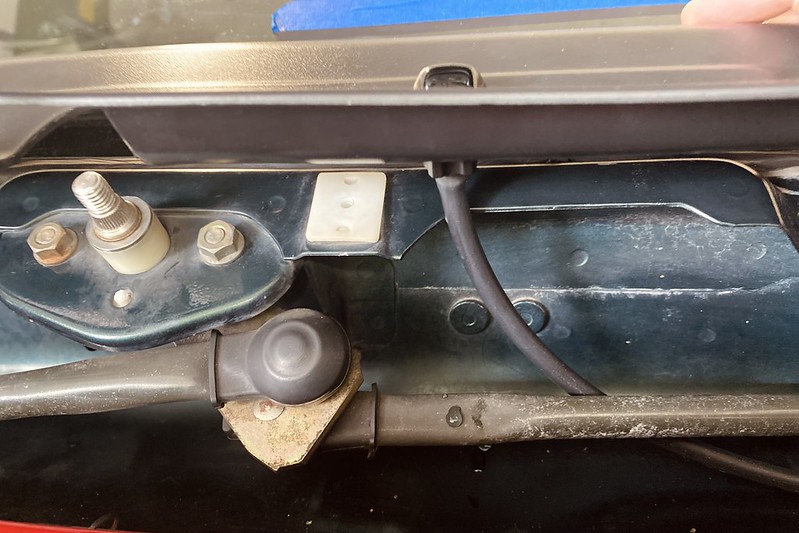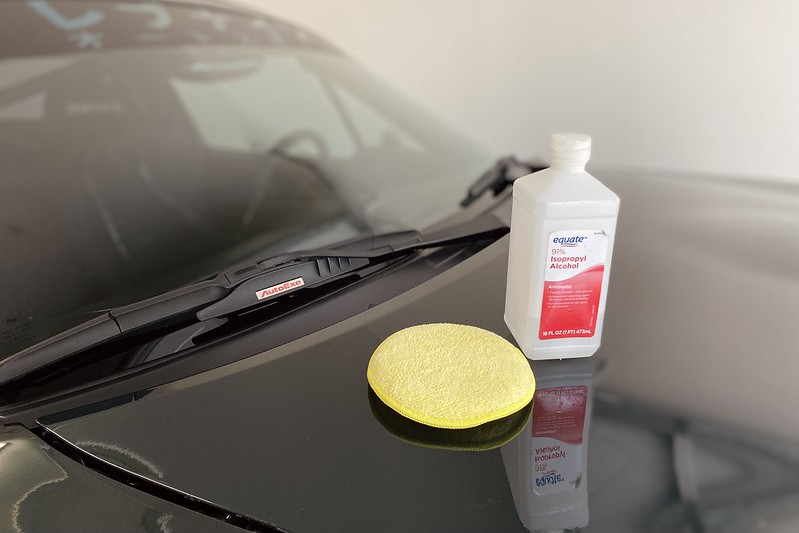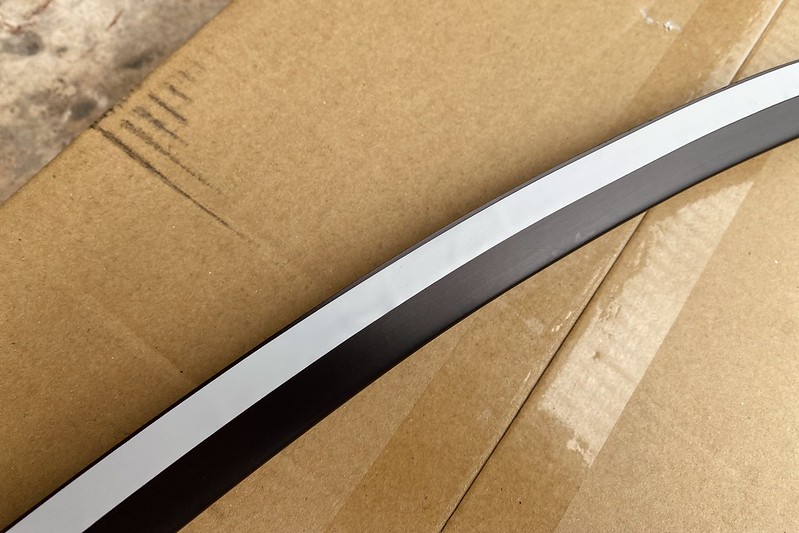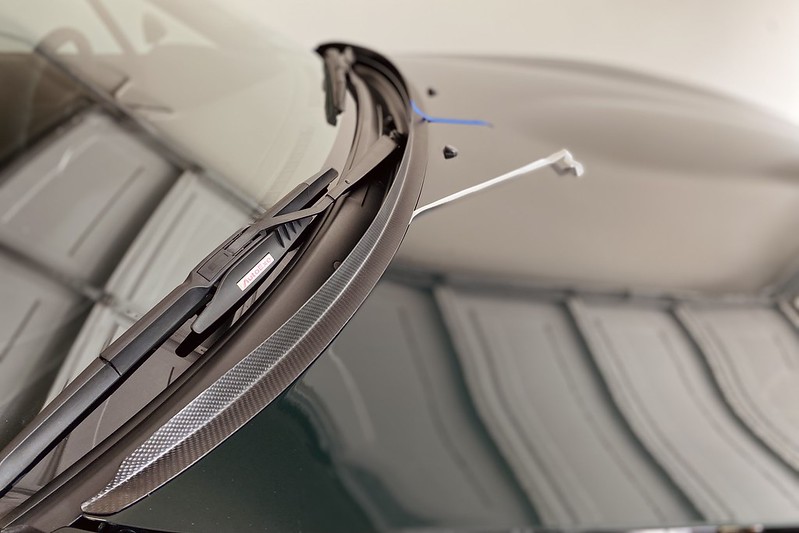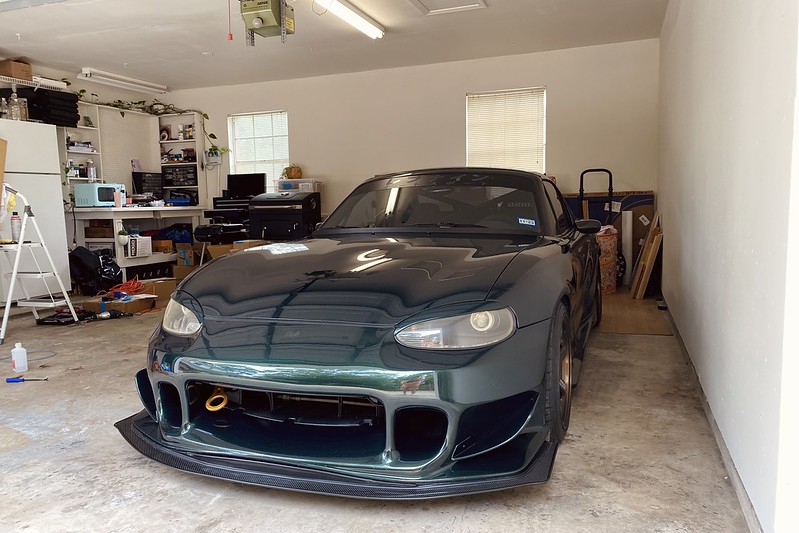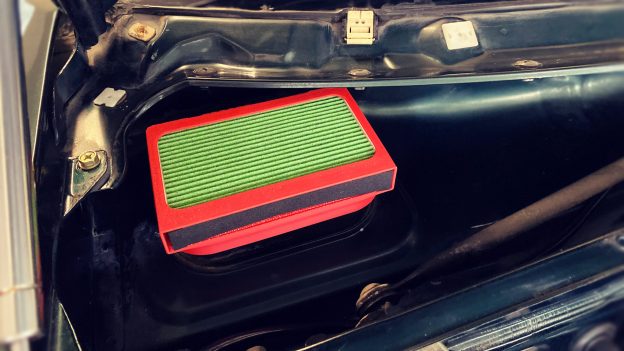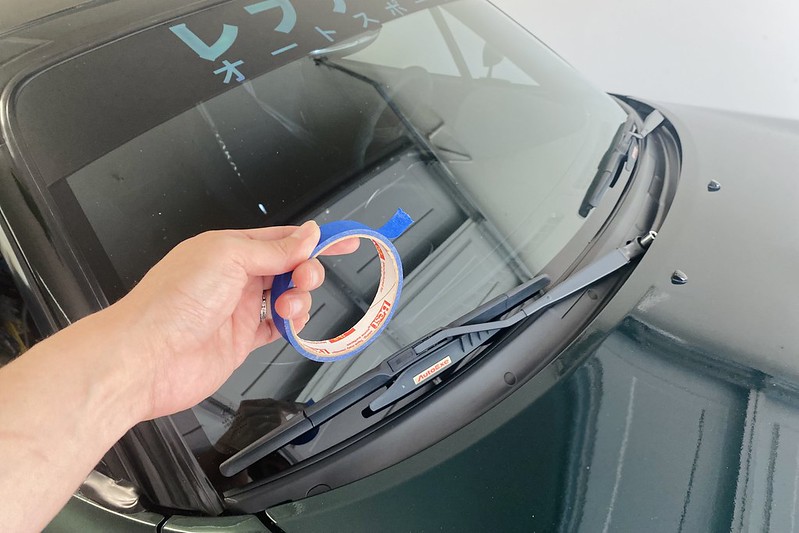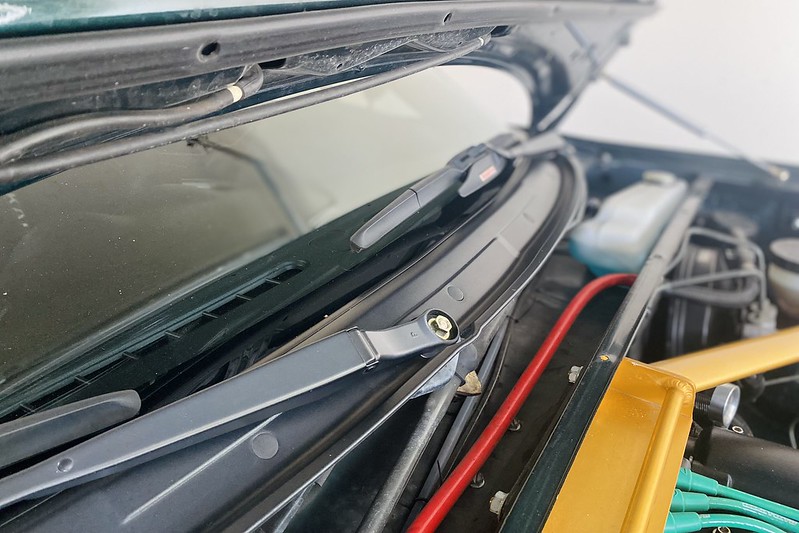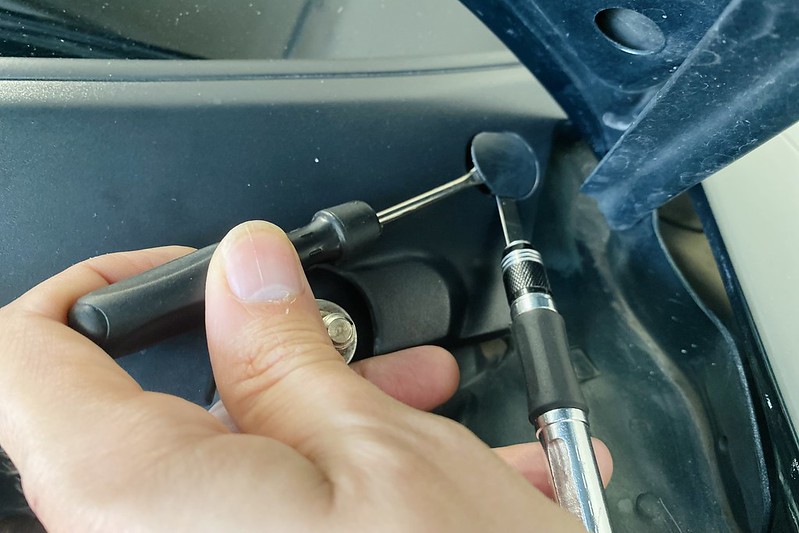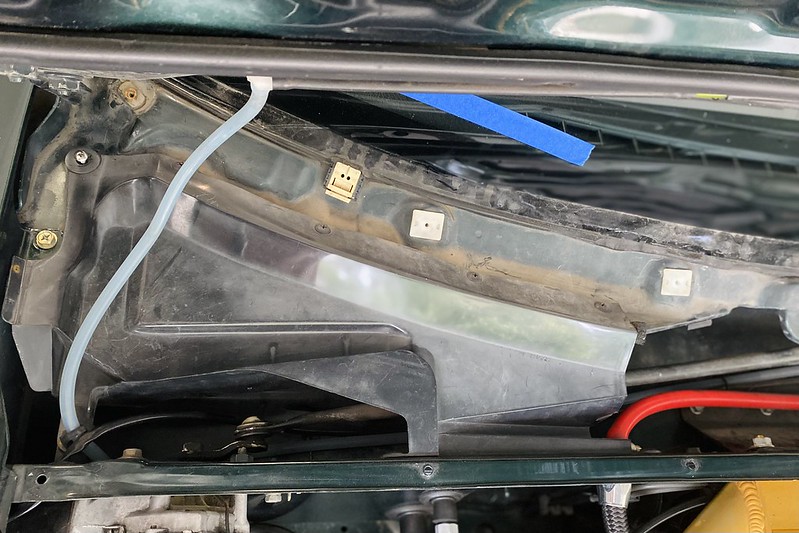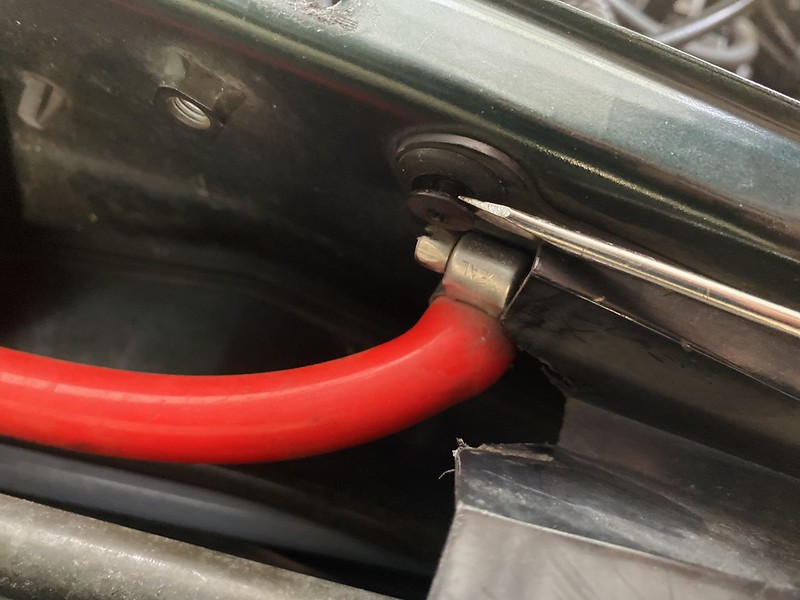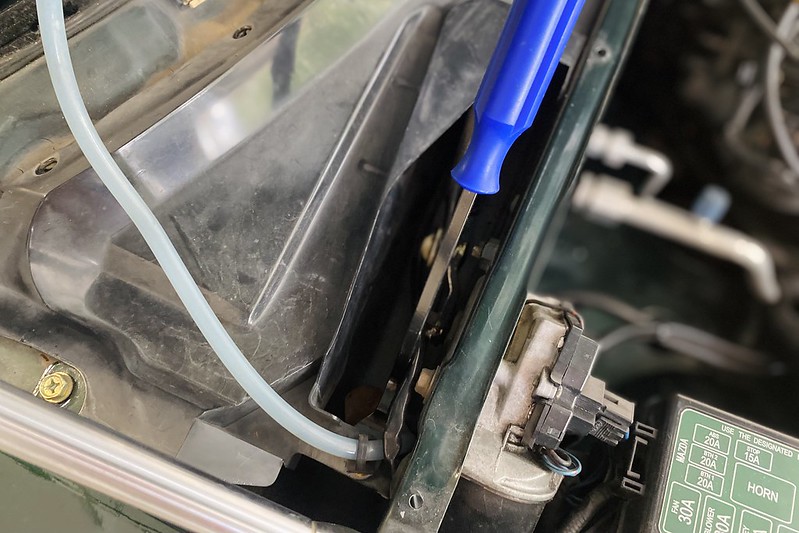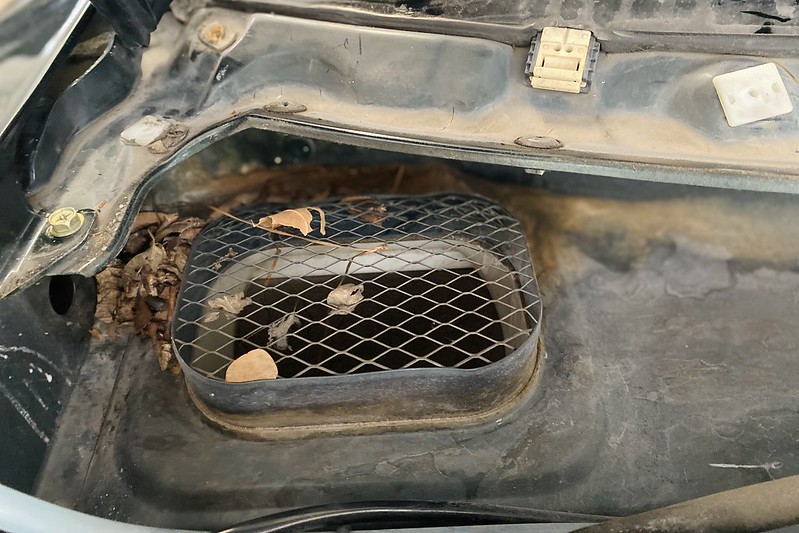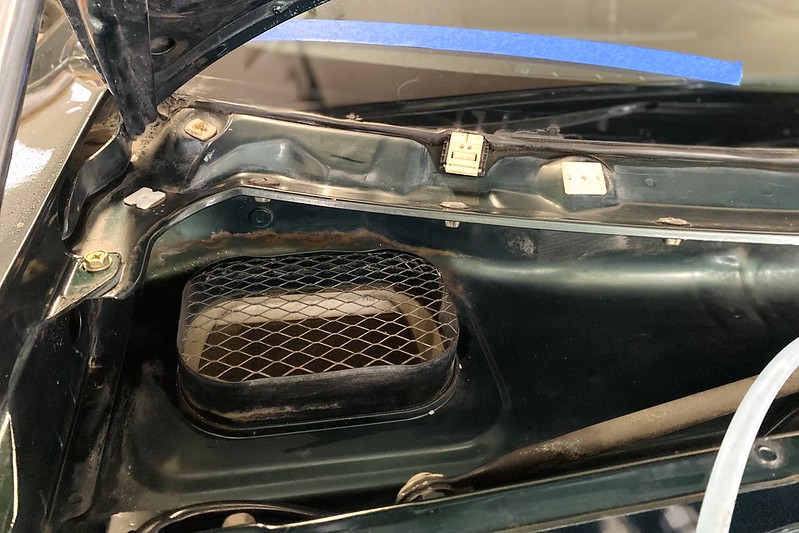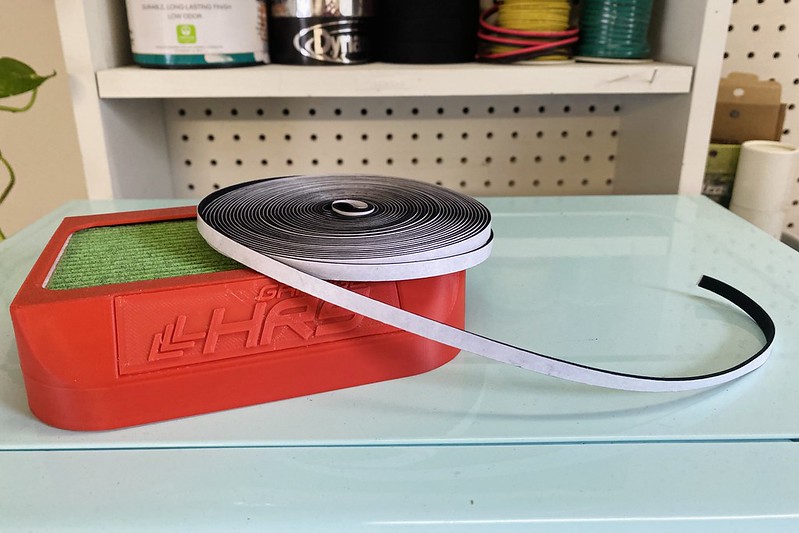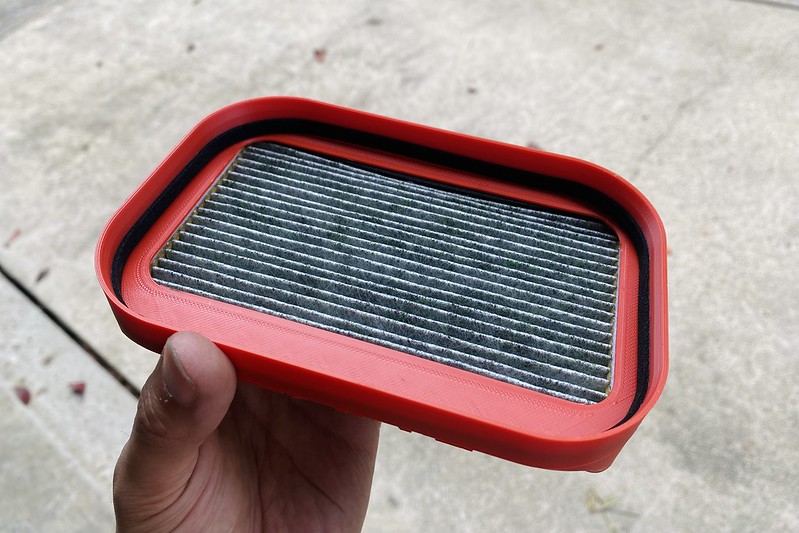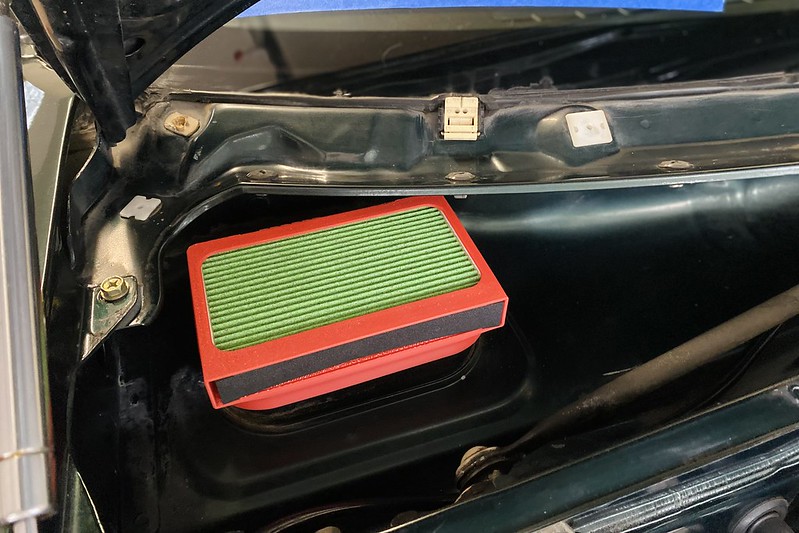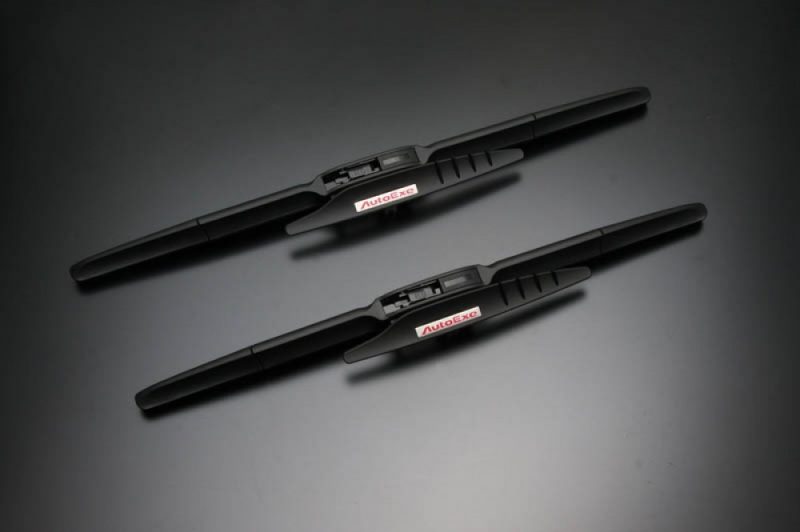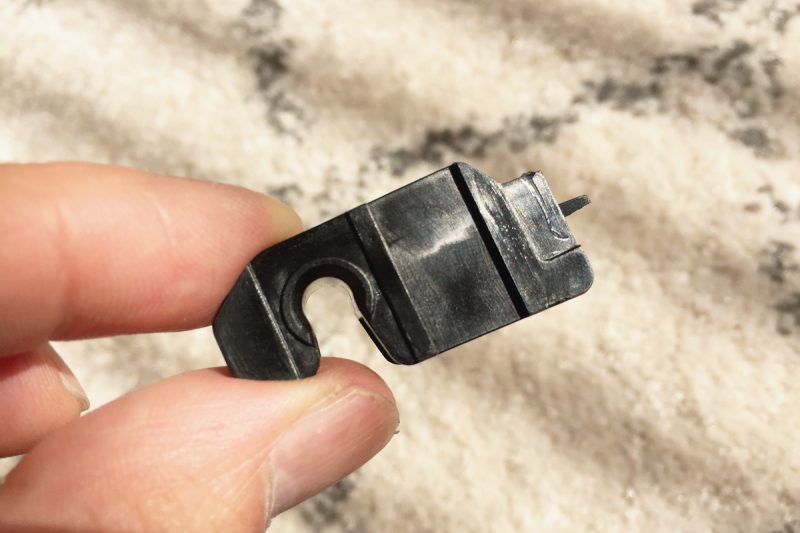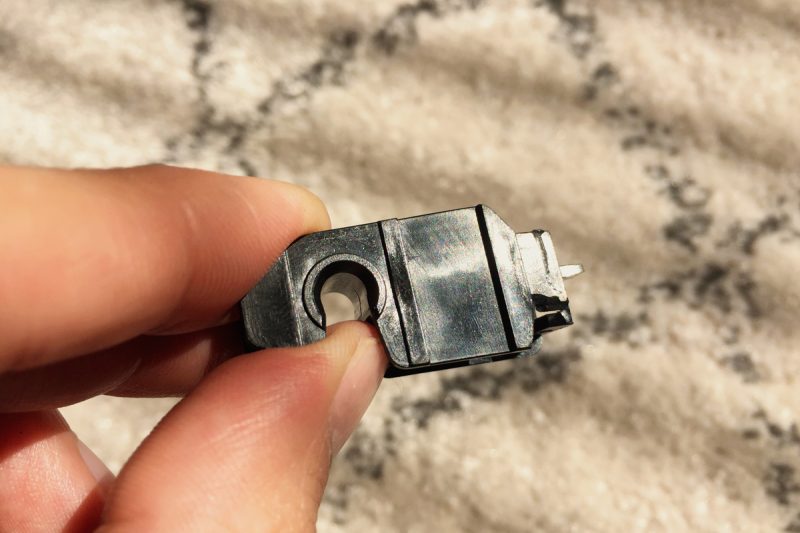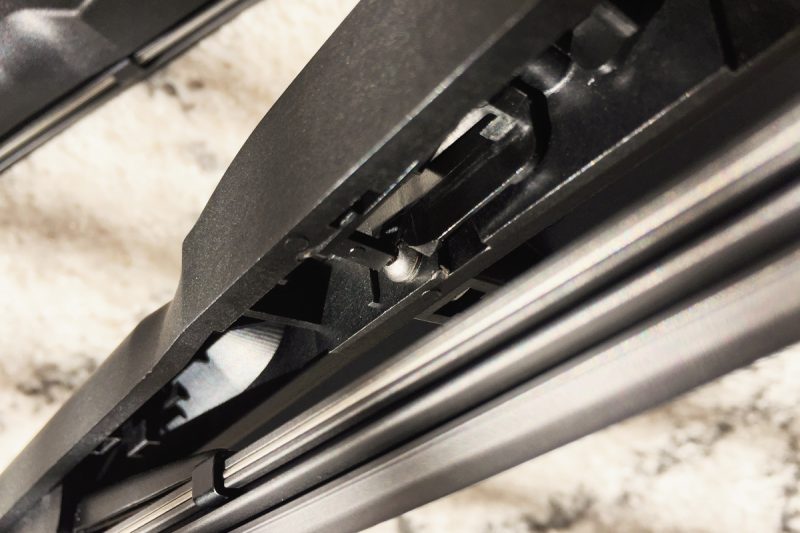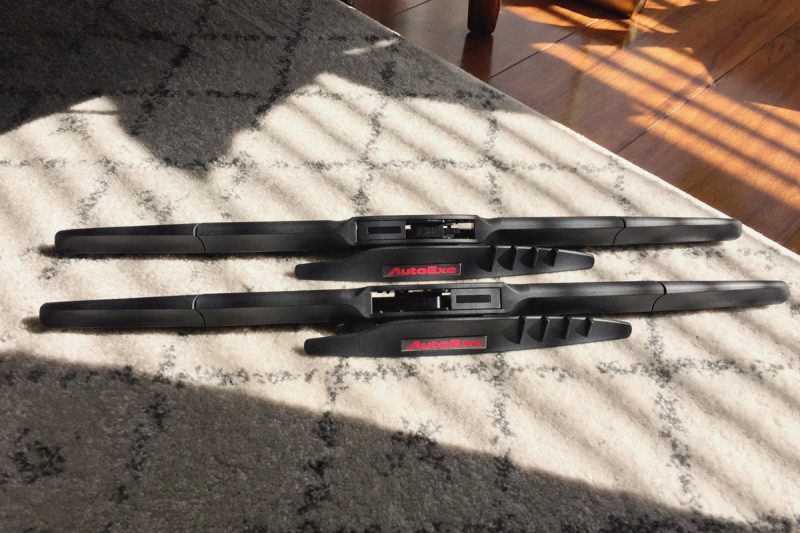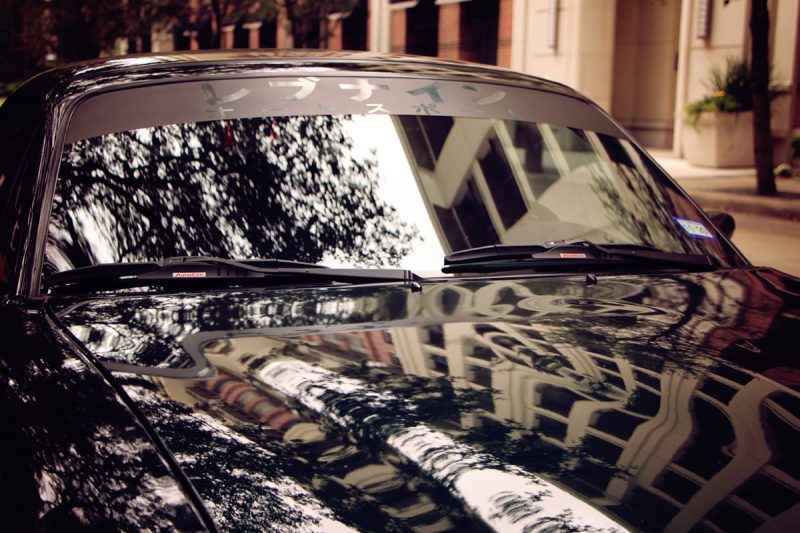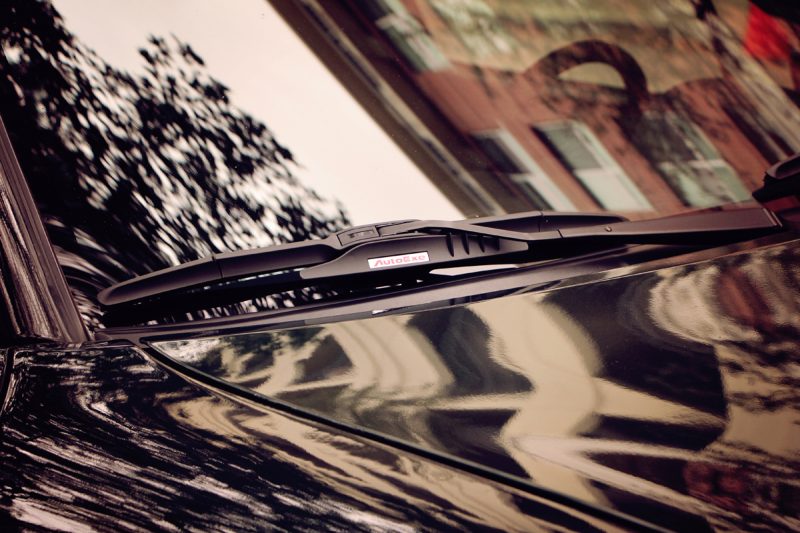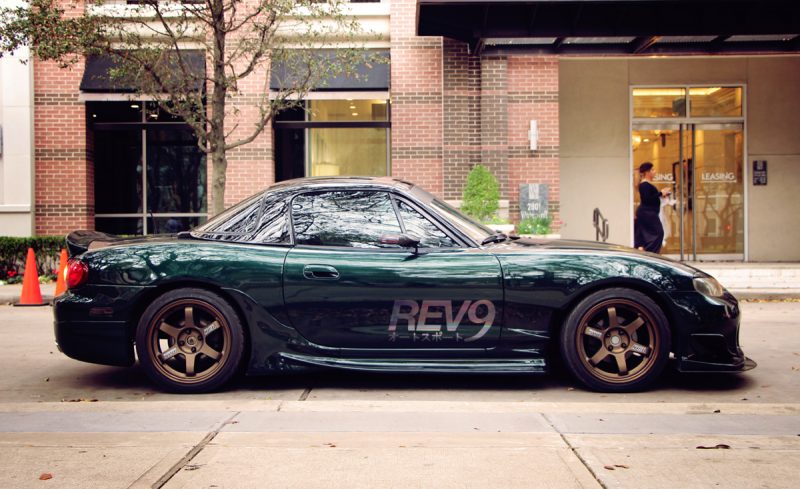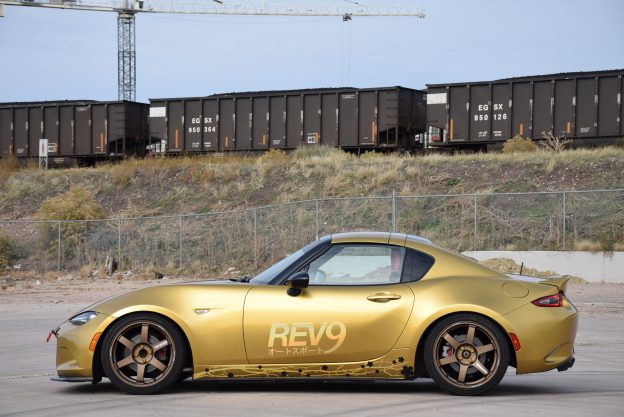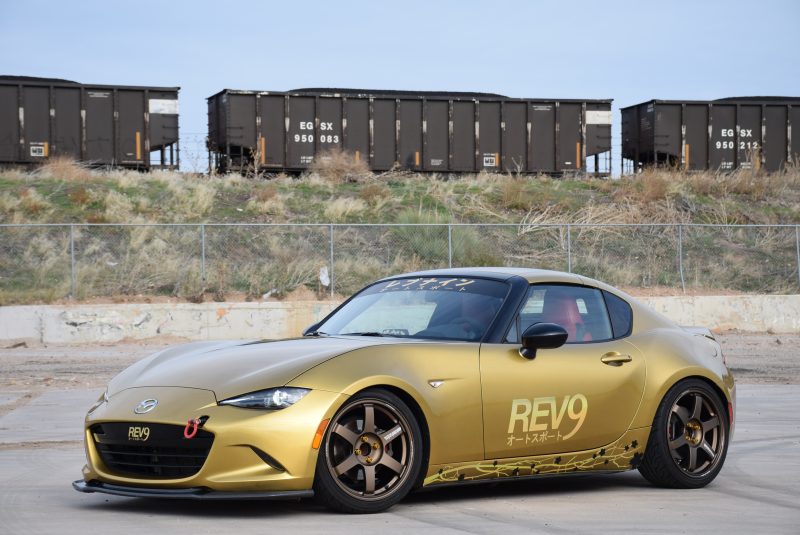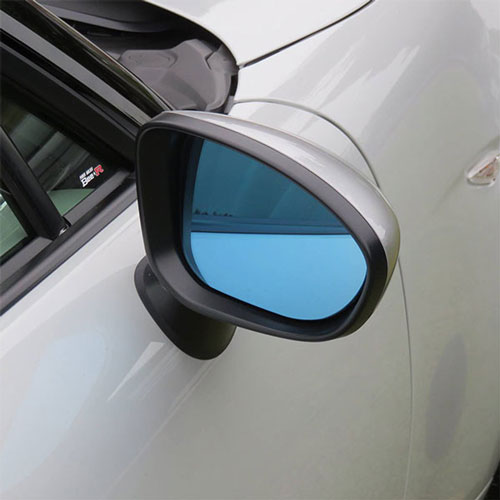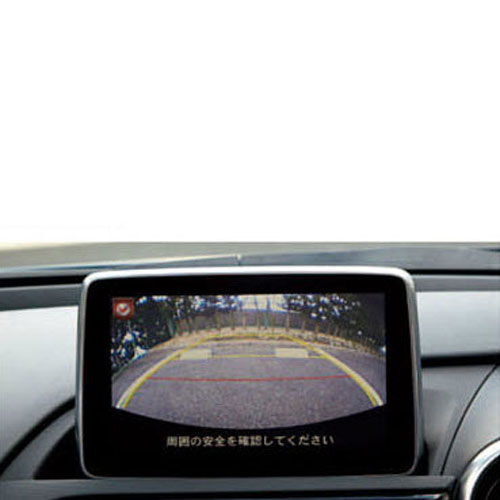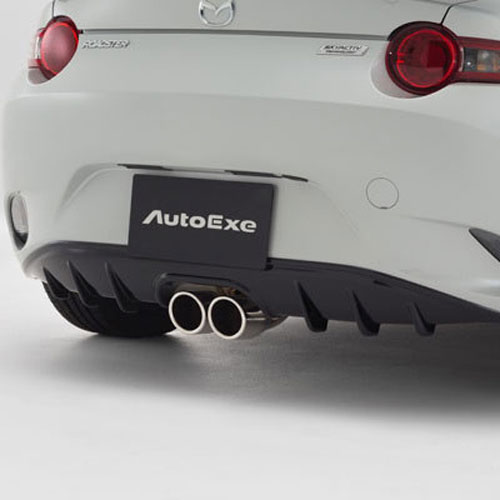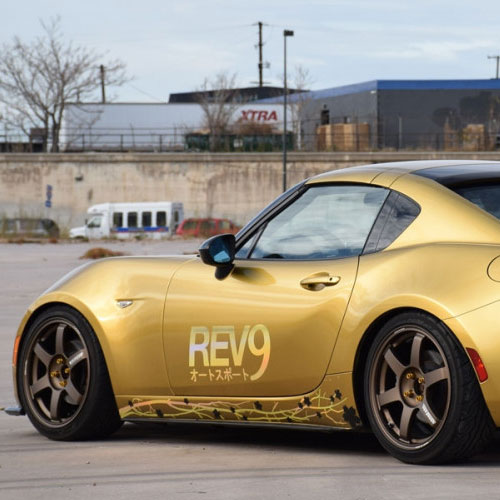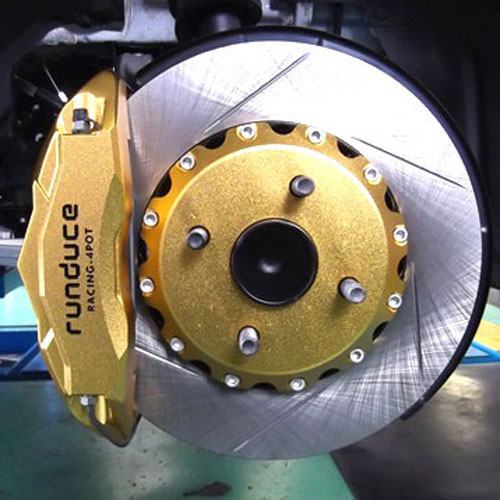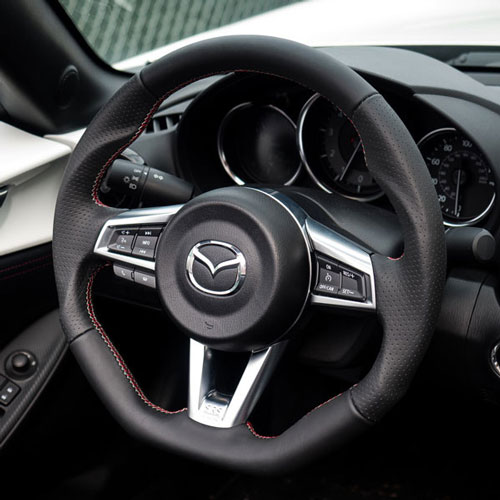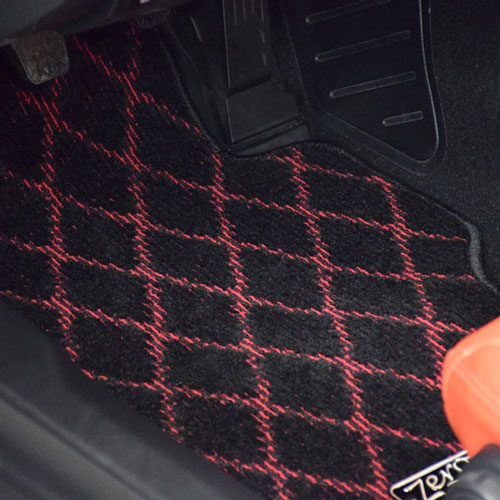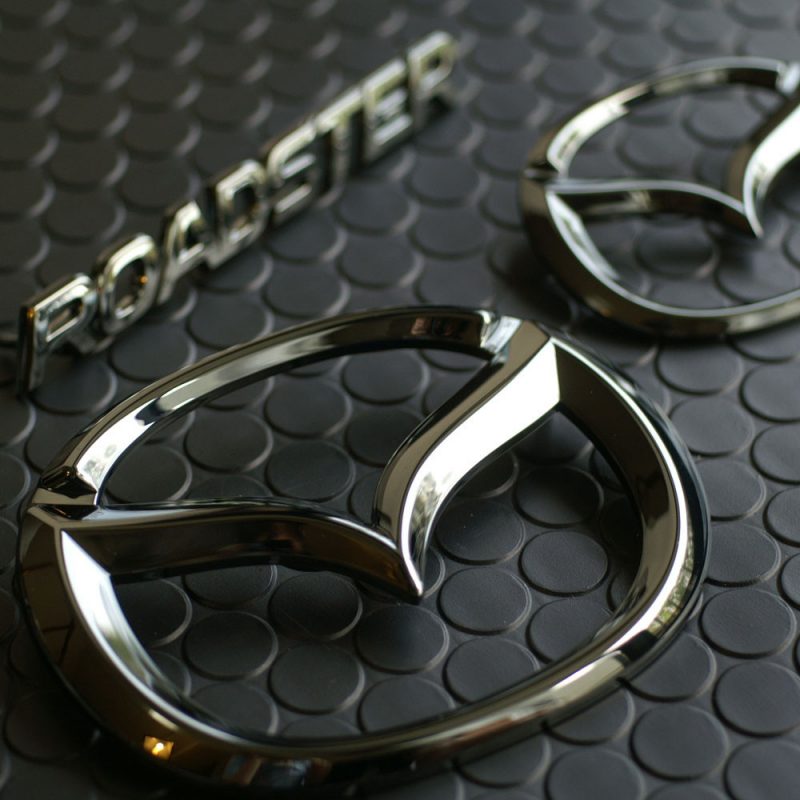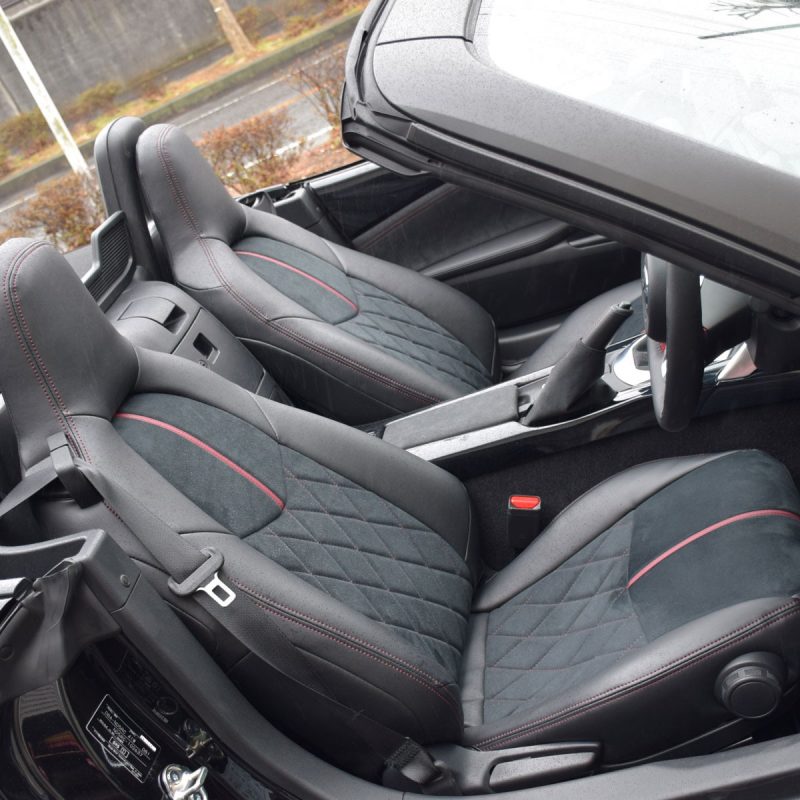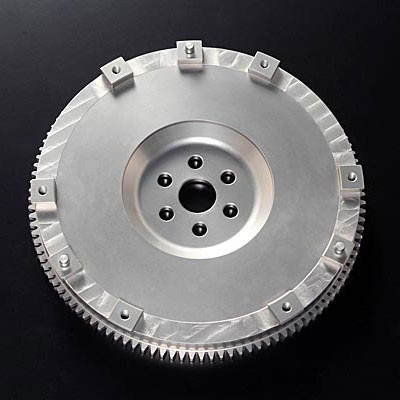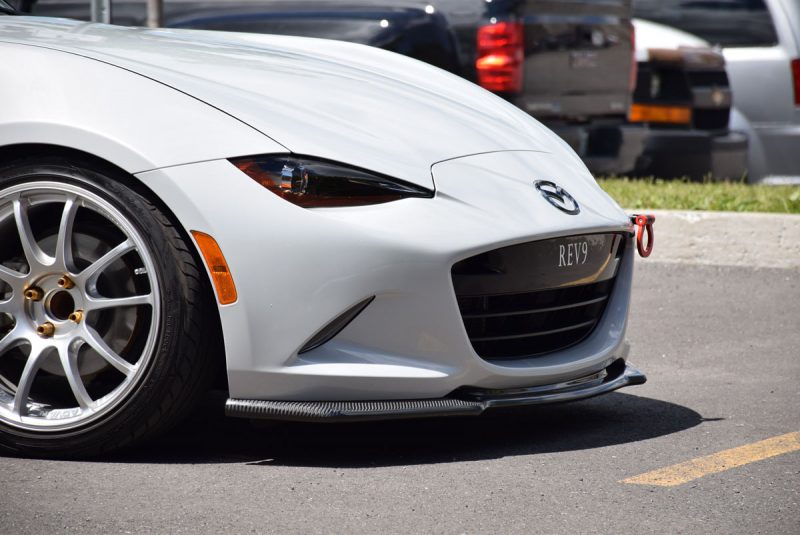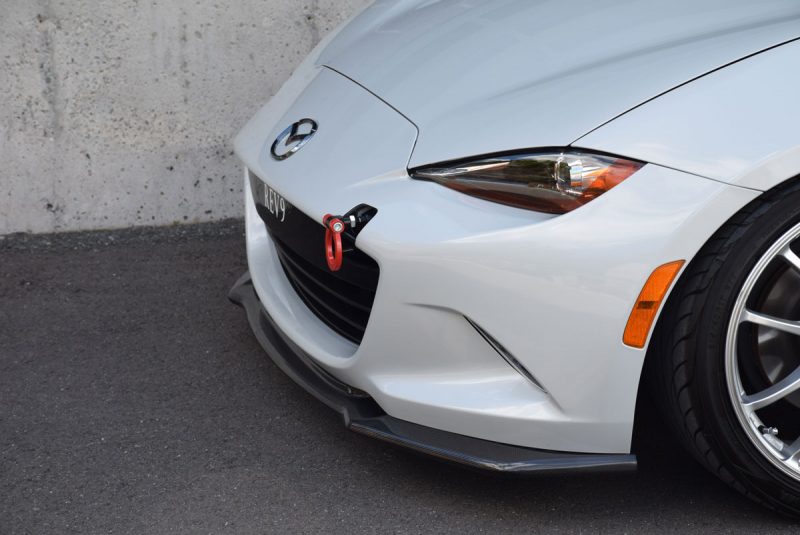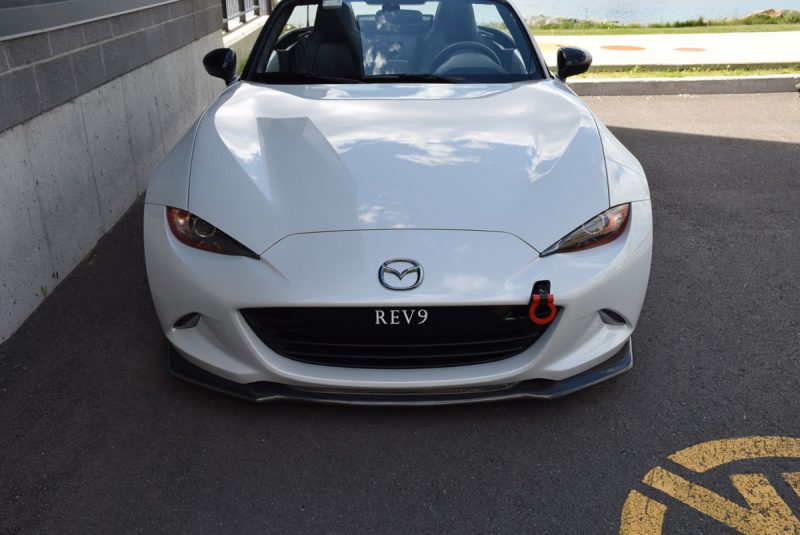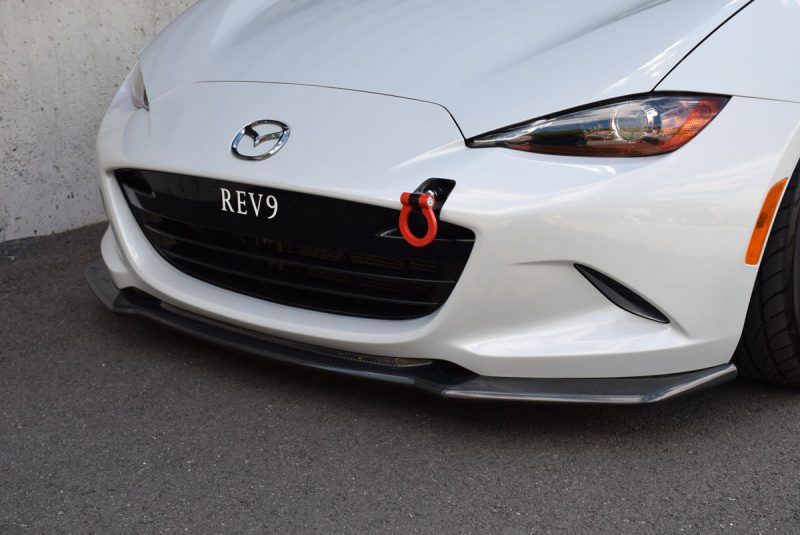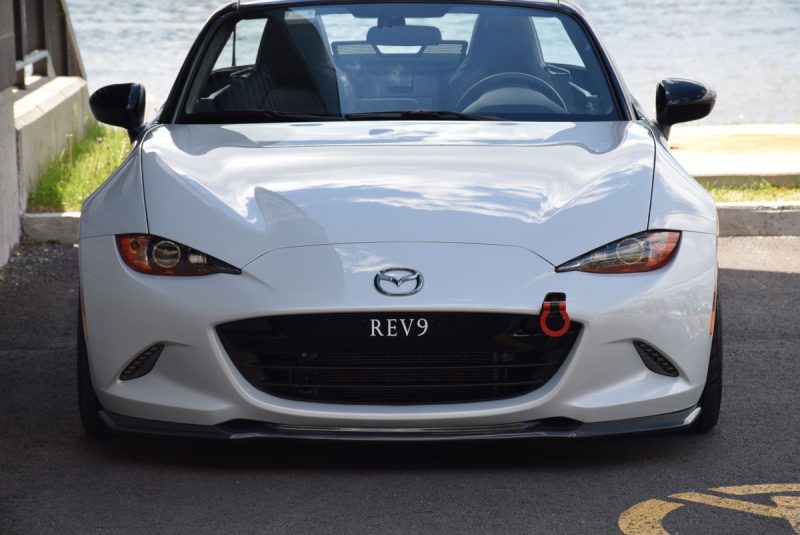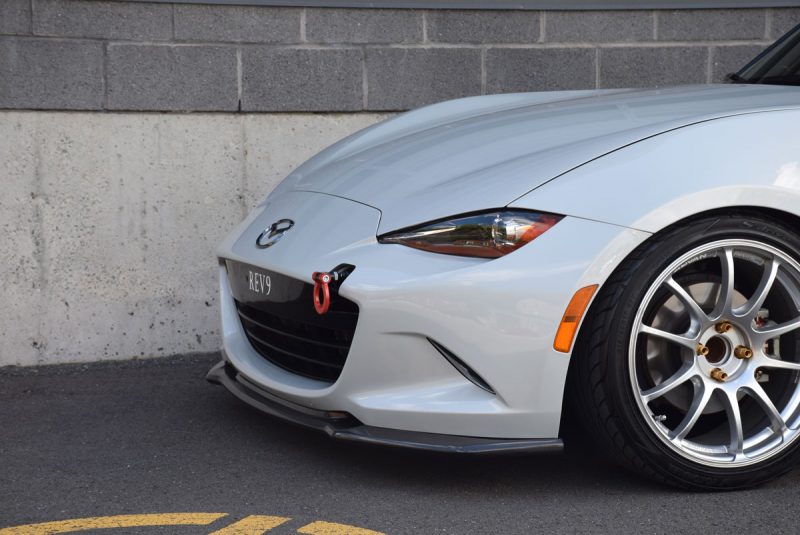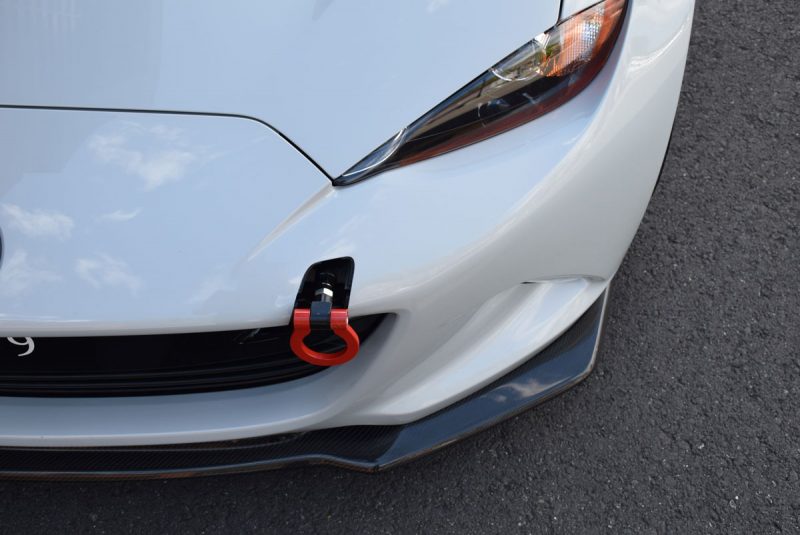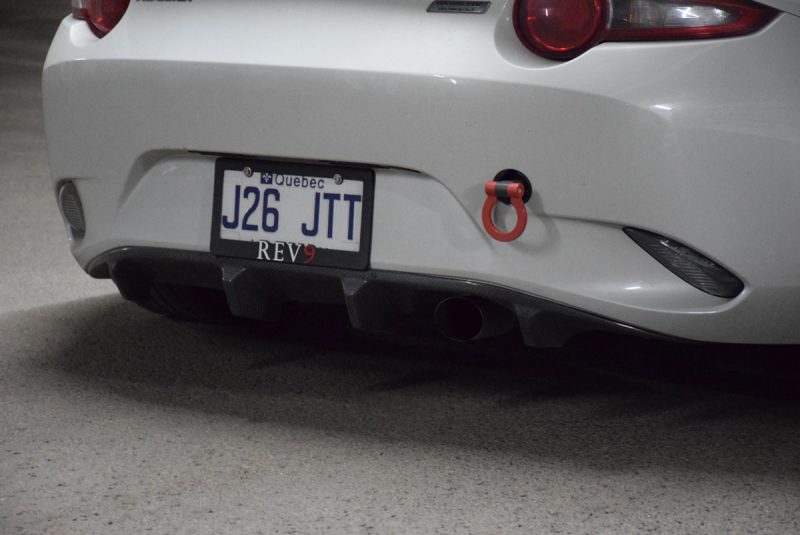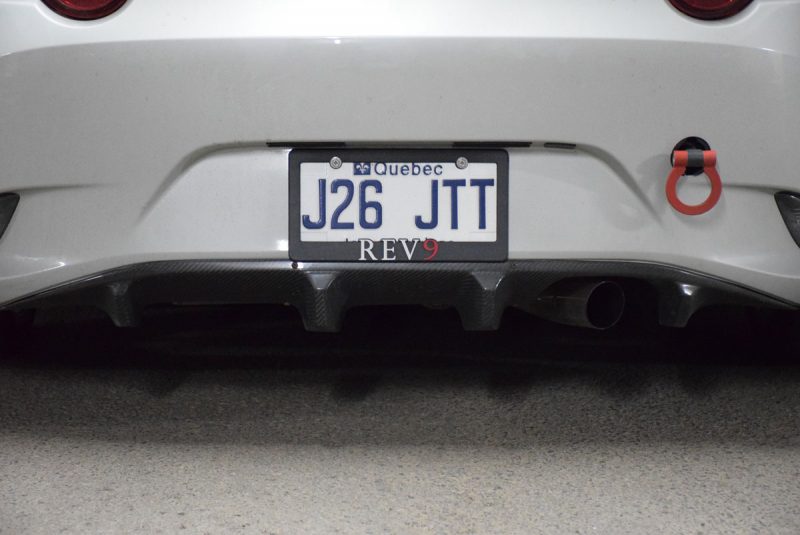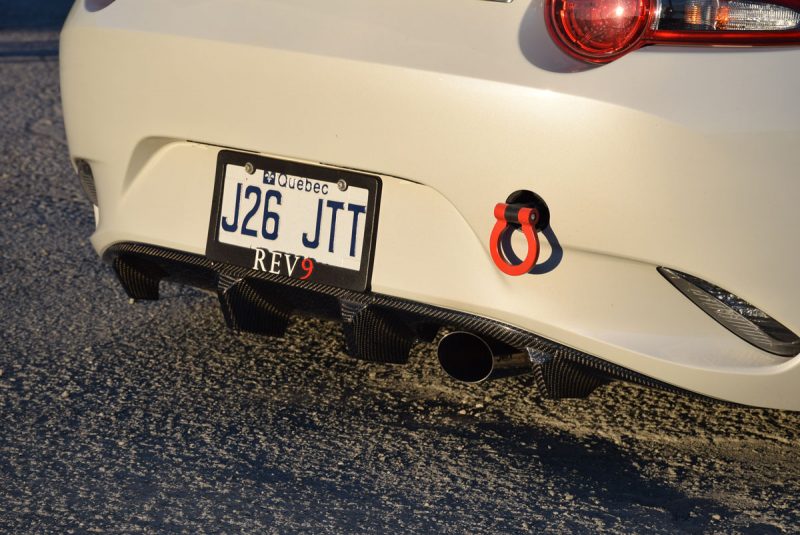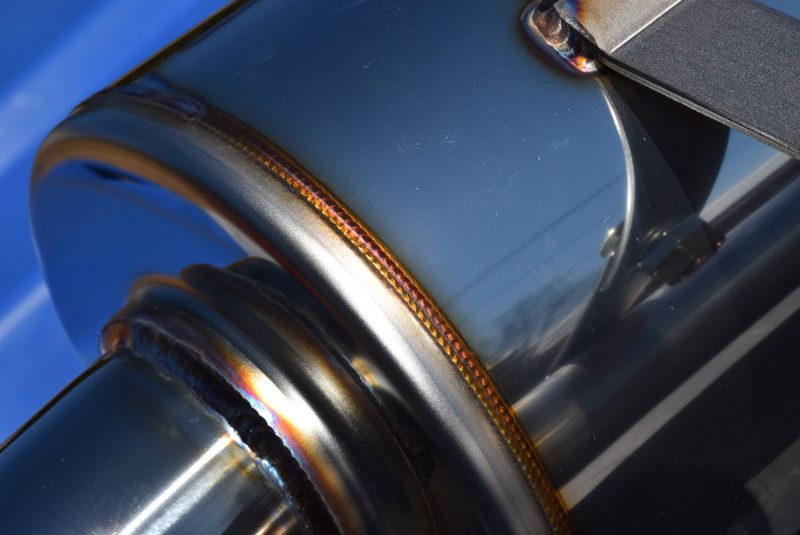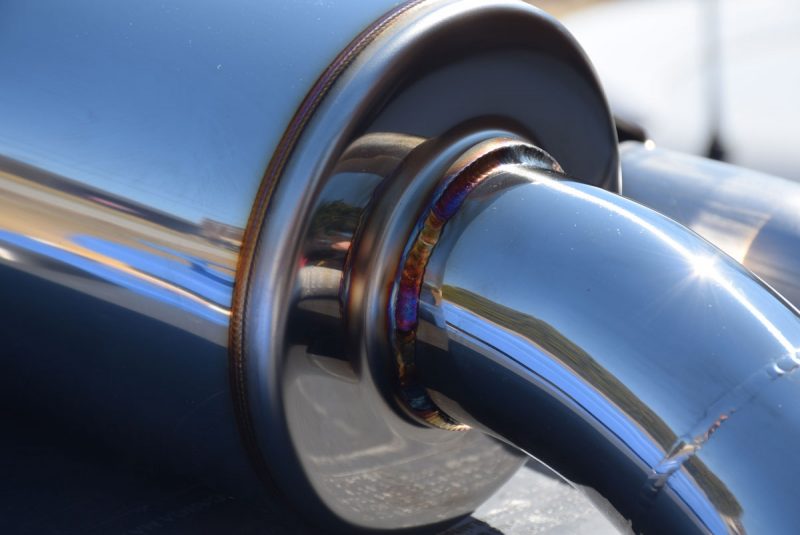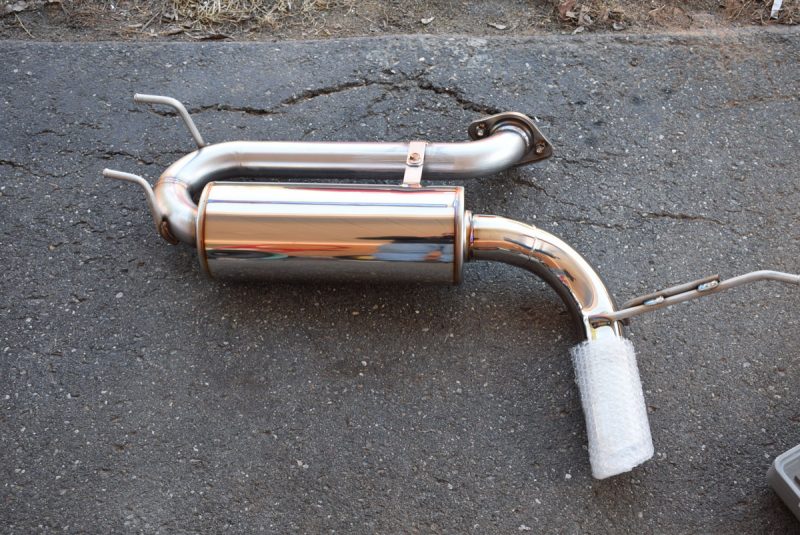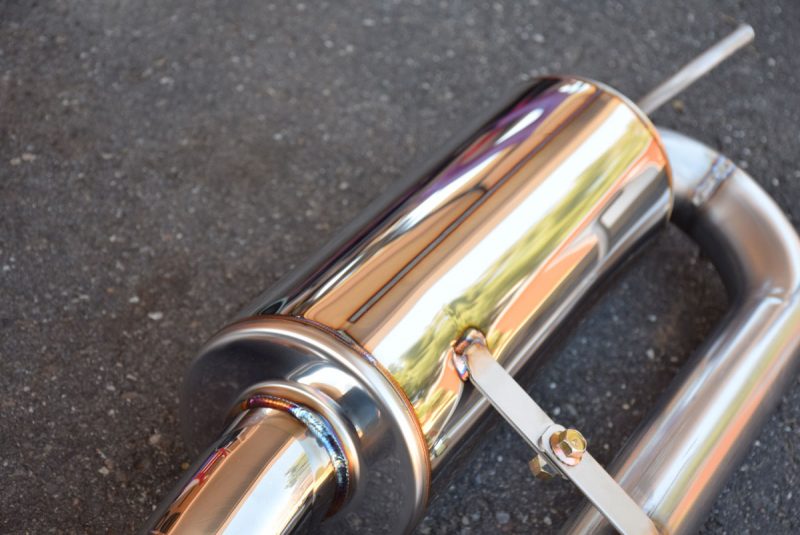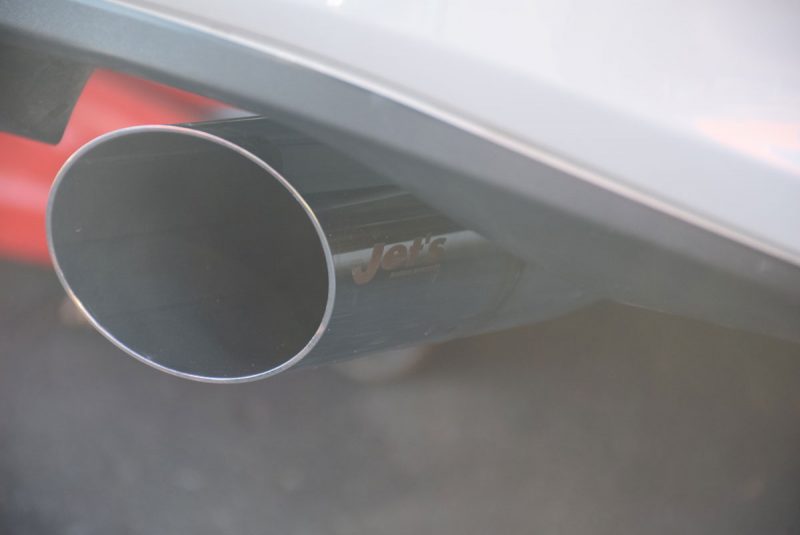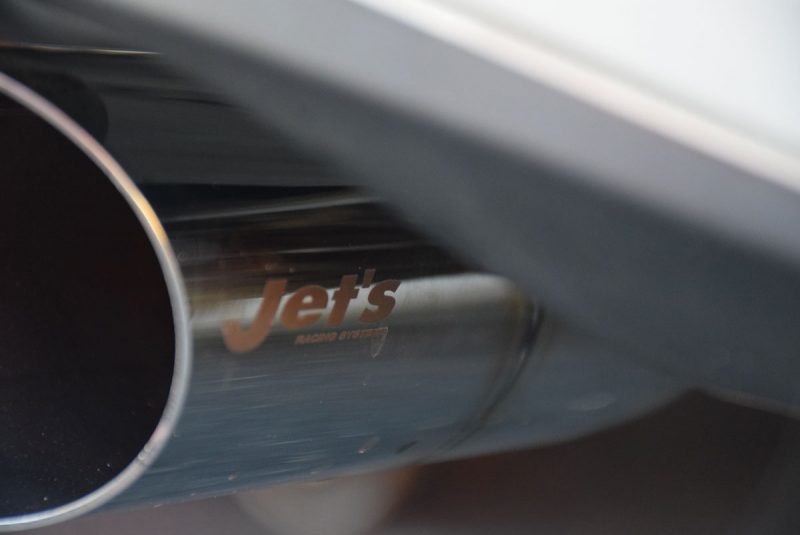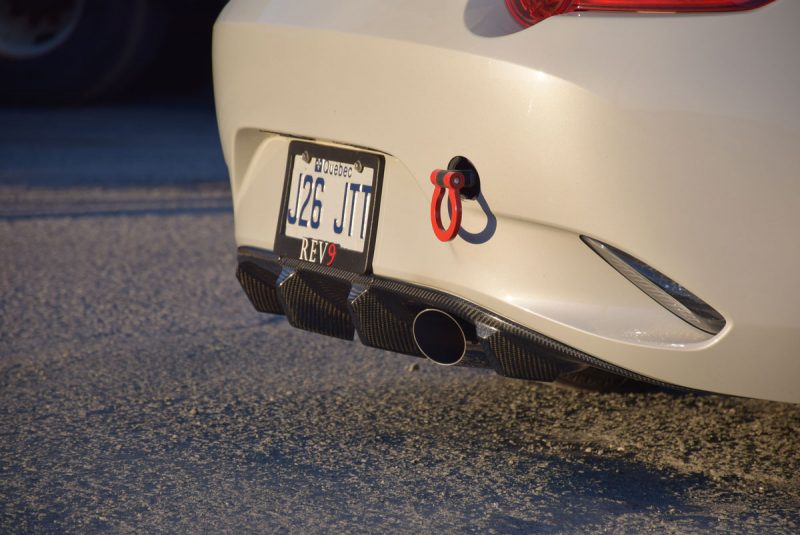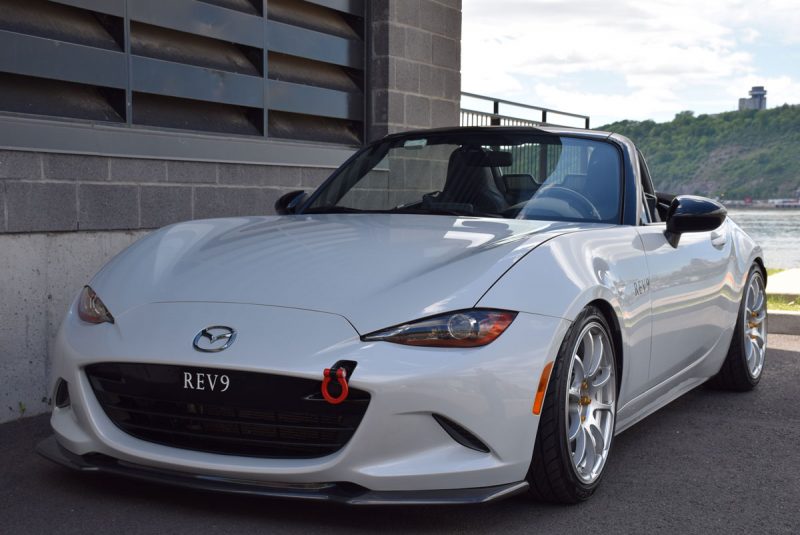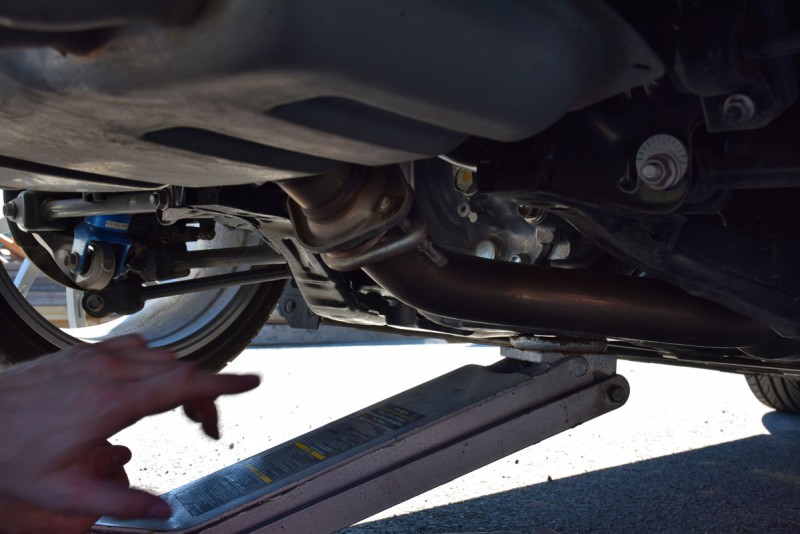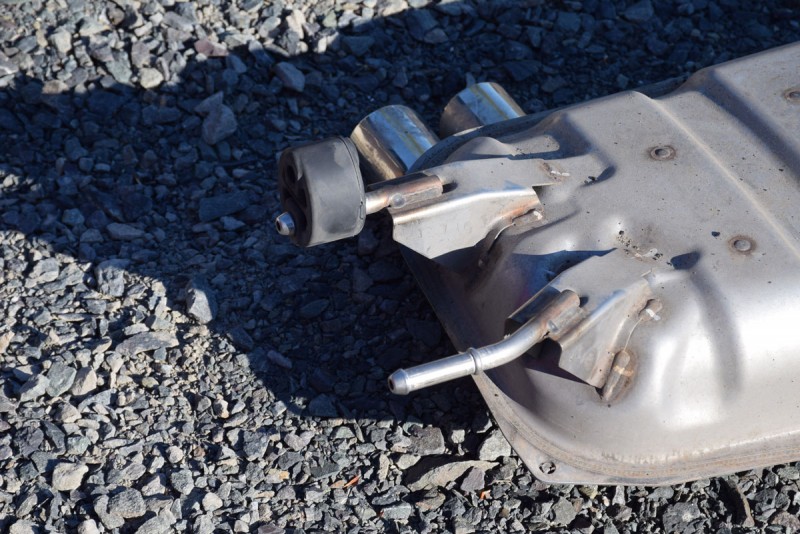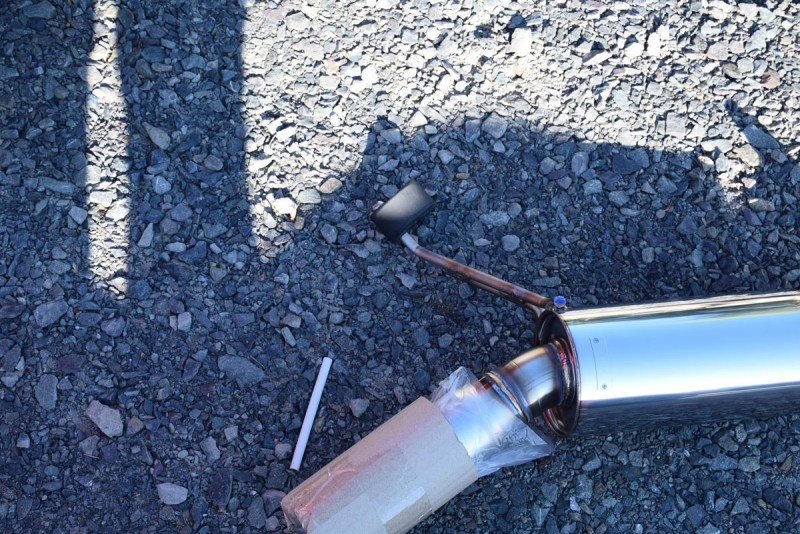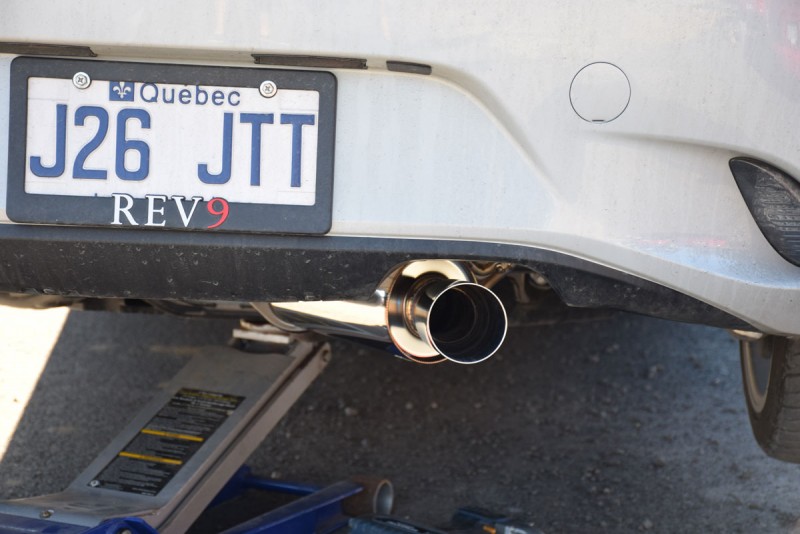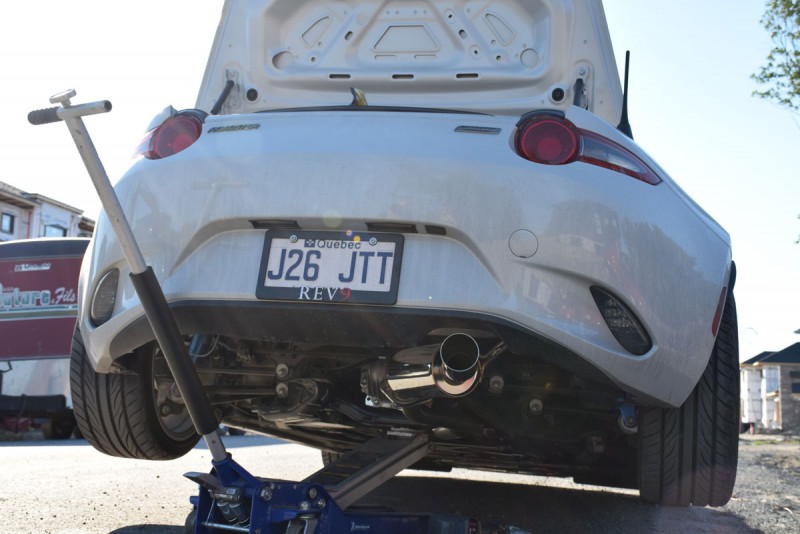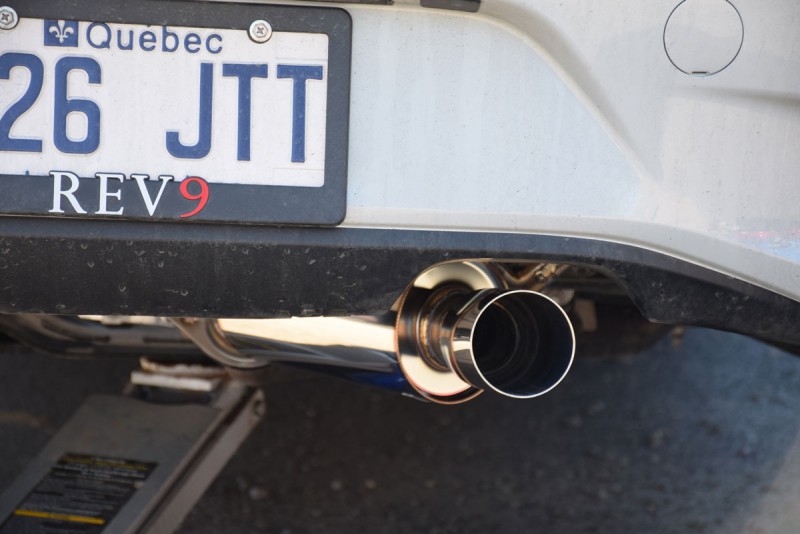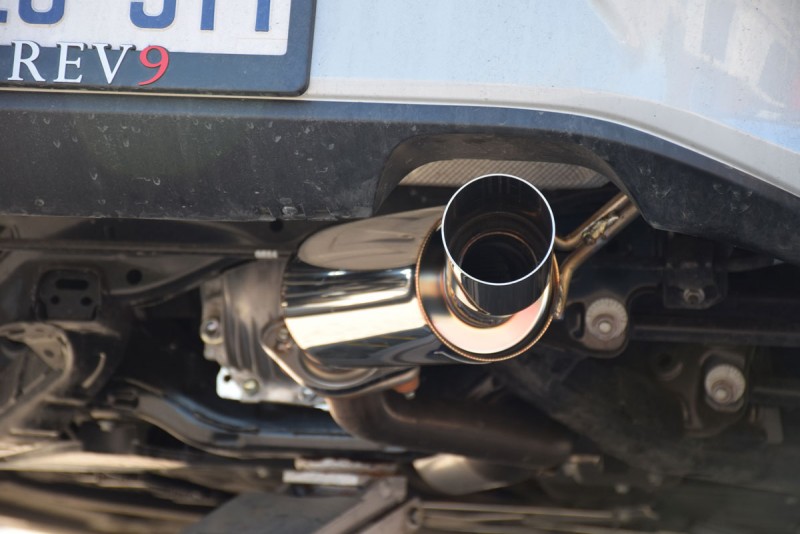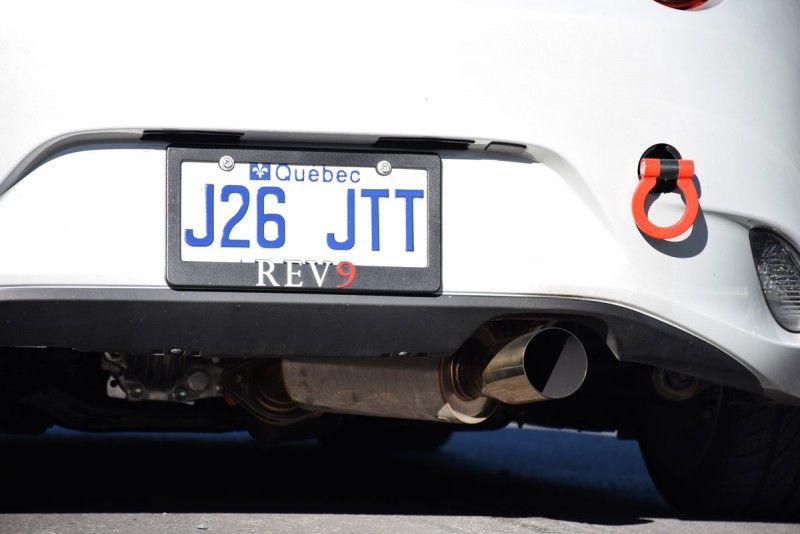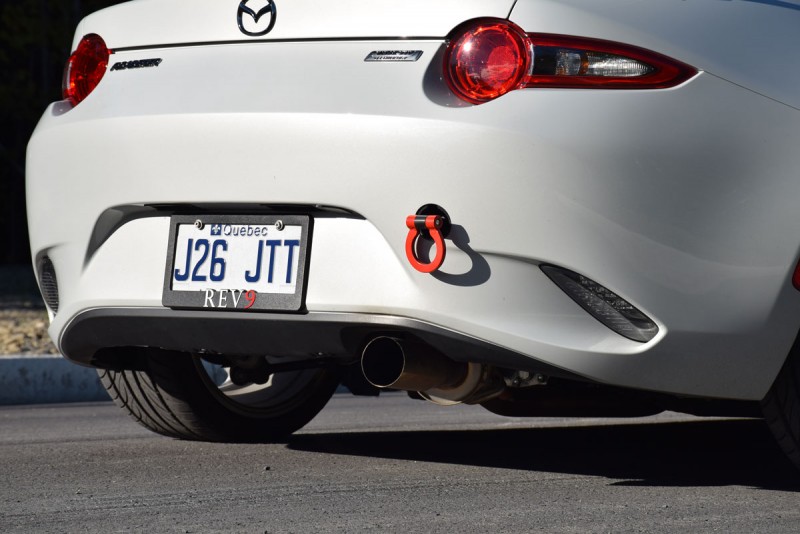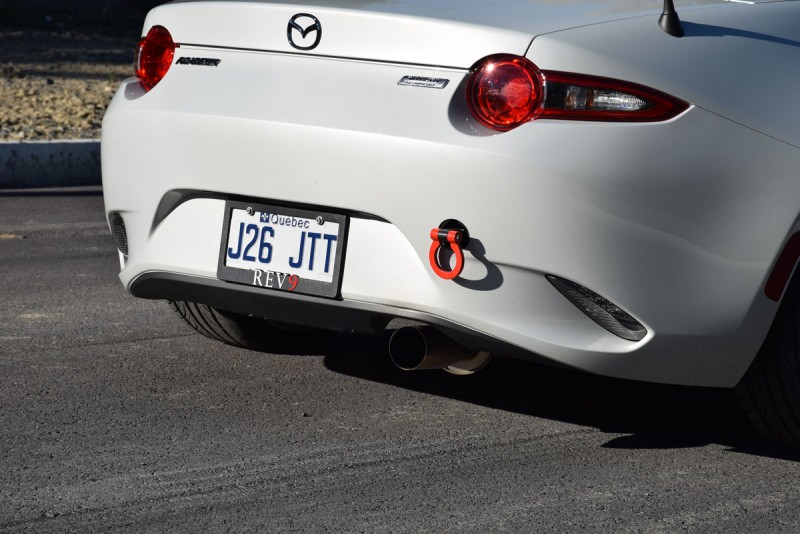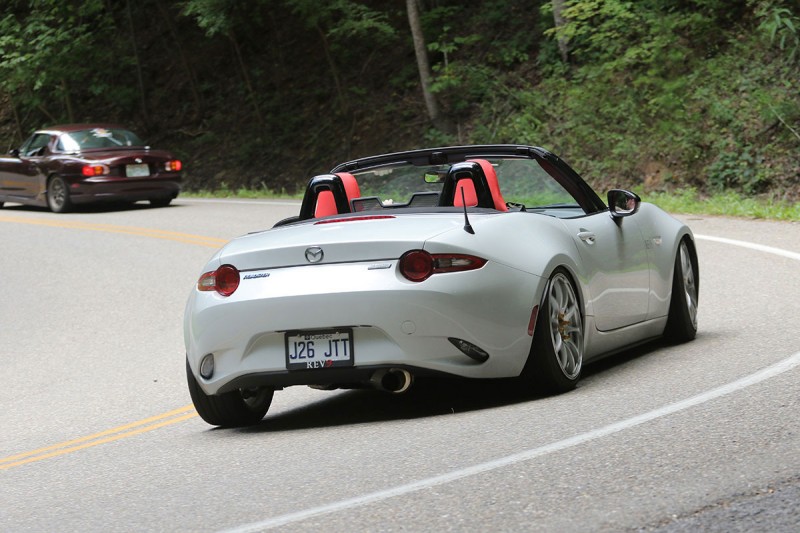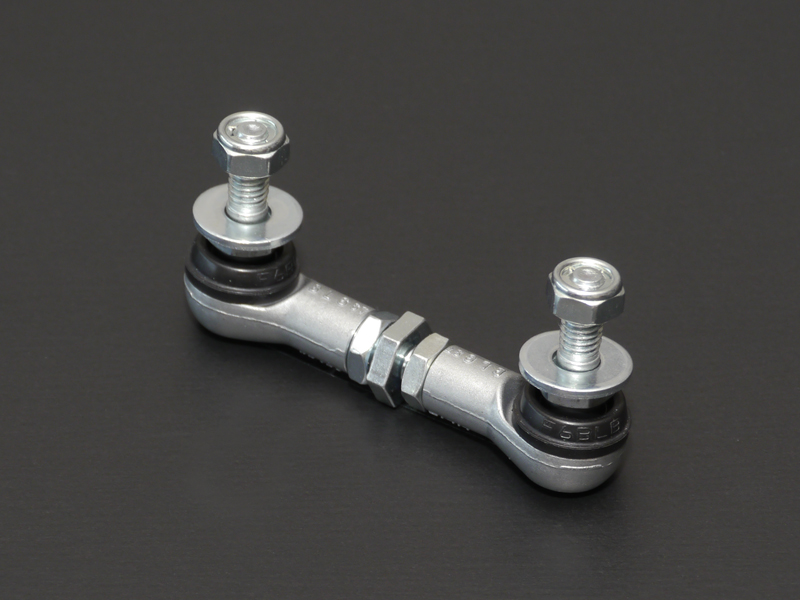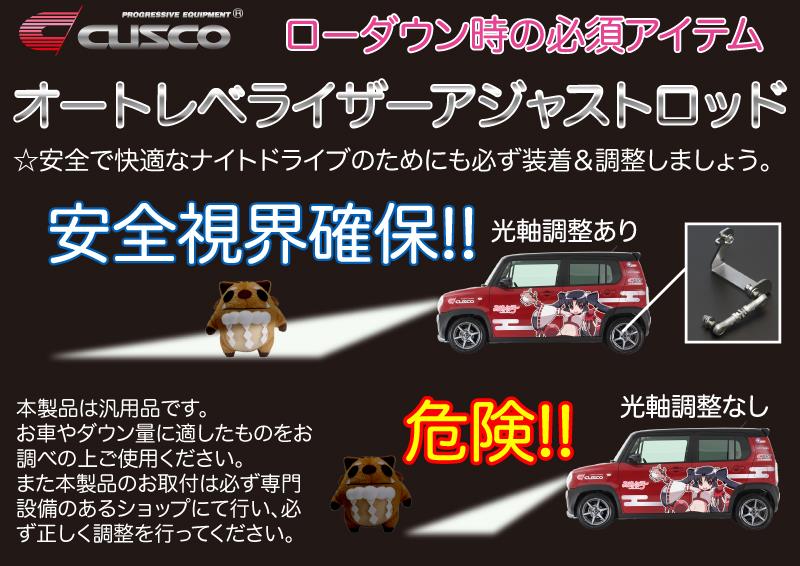If you followed my whole adventure: The Road(ster) Trip, you probably noticed that it was a LOT of mileage on a non-stock vehicle. The car is lowered (on coilovers), has wider tires, a loud exhaust, a few engine modifications, minimal chassis bracing and some comfort modifications. It’s not heavily modified, but it’s far from having the same feeling as the stock car, too.
Here is my review of how the modifications affect the overall feel of the car during long distance driving and on a few mountain roads.
First of all, some of you may see this as a sales pitch for my products. I have to say that I totally endorse them and couldn’t be happier with them. Are there some less expensive options? Probably. Are there some better products? That’s possible. As far as I’m concerned, I always prefer to run the higher quality parts to the cheaper ones. In the long term, the resale value of the quality parts stays high, you don’t have a car that looks the same as 100 other ones and you are not afraid of failure because of quality control (all our parts meet the highest standards for quality).
So, in no particular order:
Suspension Review
I am running the Cusco Street Zero Coilovers. These are in no way meant to be raced, but still, they managed to be pretty awesome on the mountain roads (see the videos I did when I was at Deal’s Gap). I felt like the car still had some slight body roll due to its suspension being on the “softer” side, but coming from the OEM Bilstein to these made a very big difference. The Bilstein are very hard and probably aimed more towards racing. The Cusco provided me with the look I wanted and gave me SO much extra comfort; it made the car a pleasure to drive. After 5000 miles, I feel like I made the car a nicer “street car” than what it was on stock suspension. However, if I were to race the car, I’d probably go for a firmer suspension with more adjustments. Overall, since I raised my suspension by 10mm, the car can be driven pretty much everywhere without worrying much about bottoming out.
It is hard to notice from the looks, but it made a HUGE difference.
Before:
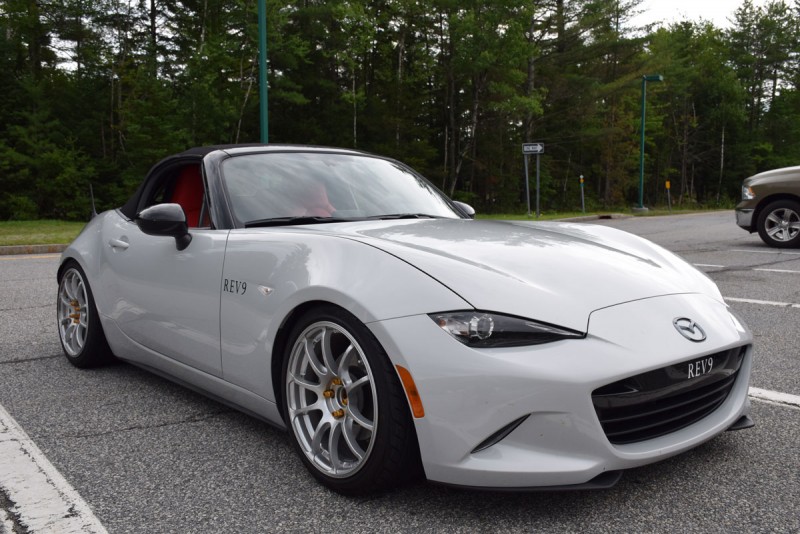
After:
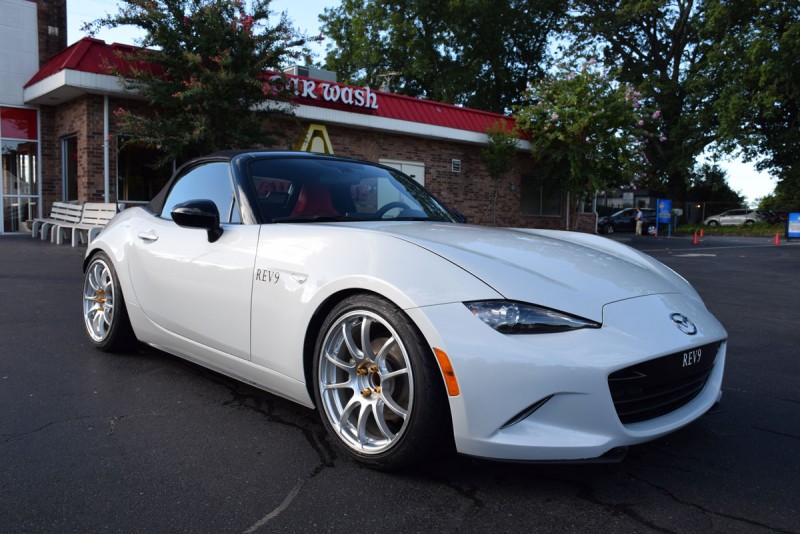
Wheels & Tires Review
I absolutely love the look of my Advan RZ 17×8 +35 wheels, and it seems that everyone who saw the car in person had the same opinion. The concave spokes give the ND a much more aggressive look. The fact that they are lightweight and solid made me confident driving everywhere with them and did not affect the performance of the car in a negative way. The 8” width paired with slightly wider tires gave the car more grip than stock and a very nice road feel.
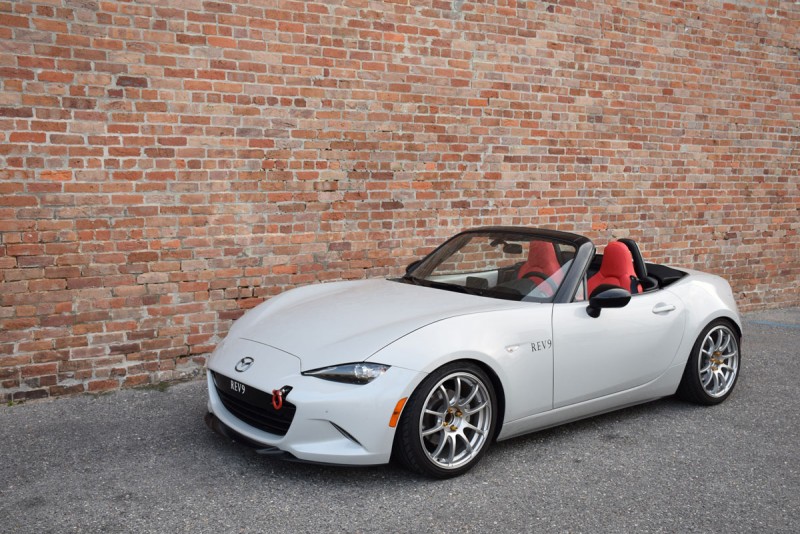
The Yokohama S.Drive were nice tires for rain and overall driving, but they were really bad during spirited (or semi-racing) driving. I was not very confident pushing the car too much on corners and would keep the traction control ON all the time since the tires were slippery when they were abused. Their only good point would be that even though I did 5000 miles and so many runs at Deal’s Gap, while having some camber, they didn’t wear out much.
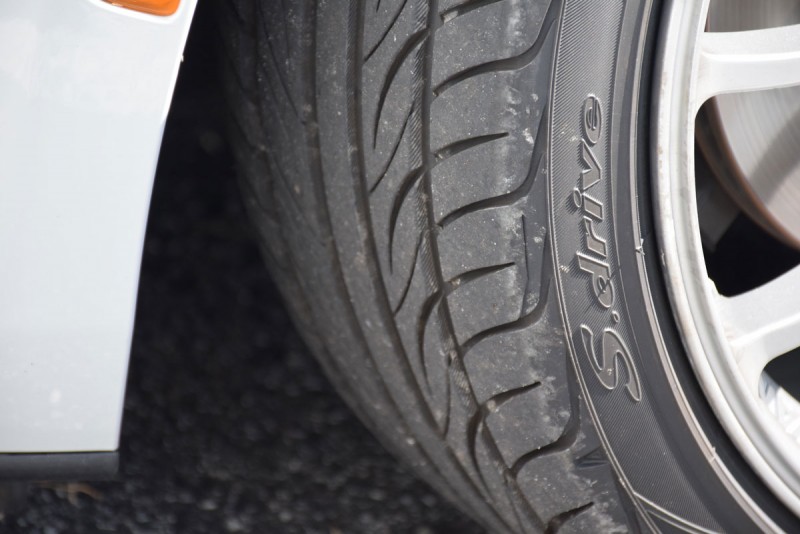
I’ll probably go for some stickier tires next year. It seems like Bridgestone RE71Rs are the way to go.
Brake Pads Review
I changed my stock brake pads for some pads that ACRE recommended to me: the Acre Light Sports Brake Pads. They said that these are perfect for those who don’t do competition racing and intend to drive the car in a more aggressive way. I gotta say, these pads are damn near perfect. They grip sooner, they don’t seem to fade at all and they really give a more aggressive feel to the car. The OEM ND pads are great, and when you come from a NA and NB, you feel like the ND is a braking monster. But, when you’re used to the ND and switch to better brake pads, it’s day-and-night difference. I loved the fact that they did not produce too much brake dust, they didn’t squeal at all and did not need to be warmed to be efficient. During my runs at Deal’s Gap, they were great and reminded me that my tires were not so great.
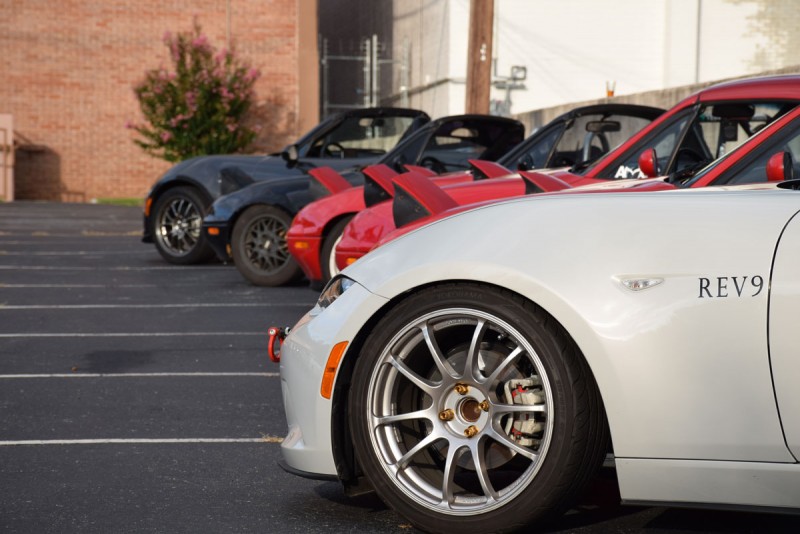
Knuckle Brace Support Review
One little modification that I really enjoyed was the Nielex Knucle Support Brace. After installing it, I didn’t have to correct steering much during highway driving and it felt like a totally different vehicle. The front end was much stiffer and it felt more “solid” with much less flex towards the front suspension. There’s a whole debate about it on some forums, but in my experience, everyone who tries it can really say that there’s a difference between this and stock. It’s personally one of my favorite modifications and Nielex told us that they sold hundreds of them to ND owners who all appreciate it. Some people who tried the car said that the feeling is similar to adding a bigger front sway bar to the vehicle. To me, it felt like the car was much more “connected” to me.
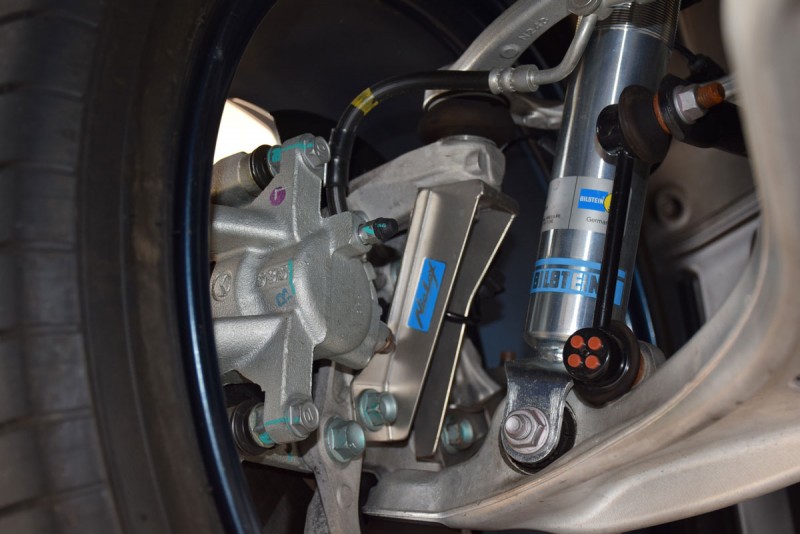
(Picture taken from my visit at Nielex in Hiroshima. Blog post coming soon)
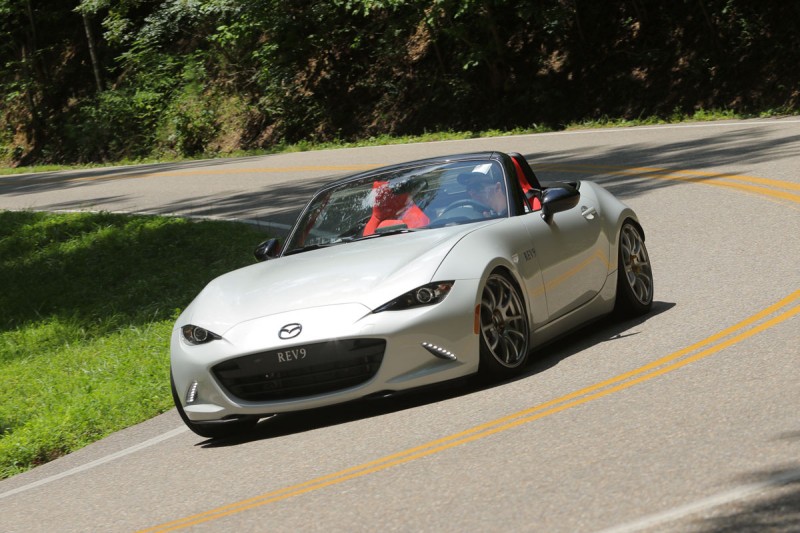
Exhaust Review
I’ll keep this one short, as I’ll post a full review of the Fujimura Gentle Sound Exhaust in the next days or weeks. At first, I was not sure about running a single tip exhaust that was a bit angled. After a while, I got used to it and really started to like the minimalistic look.
I first thought that the exhaust was extremely loud, but it seems that the ND is just VERY silent from factory. When compared to NA, NB and NC, it seemed that my exhaust was not much louder than other cars. One thing I have to say is that it feels awesome to hear the vehicle when you push it (which you don’t get with stock). But when driving on the highway, the exhaust becomes silent. No annoying drone or anything to make a long trip abominable. On cruise control, we really couldn’t hear it.
Also worth noting is a point a friend of mine made: Loud Pipes Save Lives. That’s very true; when you pass trucks (or higher vehicles), you can just put the pedal to the floor and they’re guaranteed to know someone’s next to them. It helped me avoid many incidents during this trip.
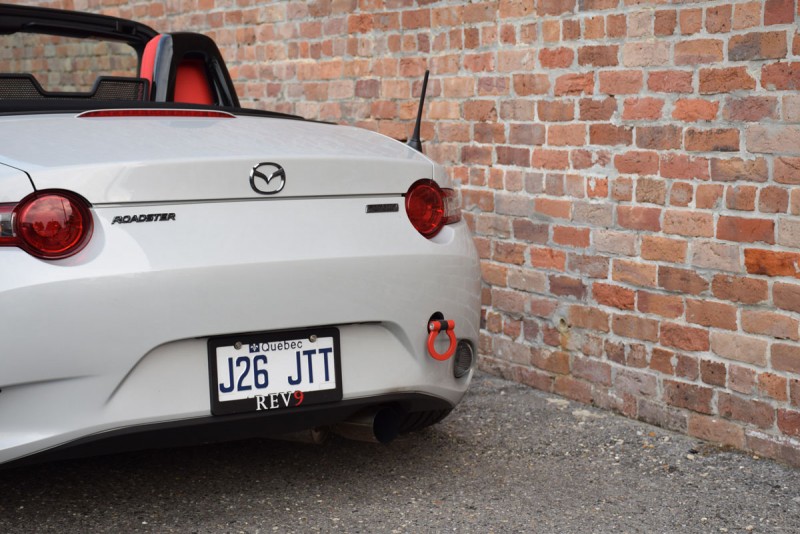
Intakes Review
I am running the Autoexe Sports Induction Box paired with the Odula Air Filter as well as the Odula Intake Elbow (prototype). I can’t really say that I felt any difference in power. The Autoexe piece might actually have made things worse when I was in the South USA because it would suck some hot air. That said, the car still felt good and did not have issues, even in heavy rain.
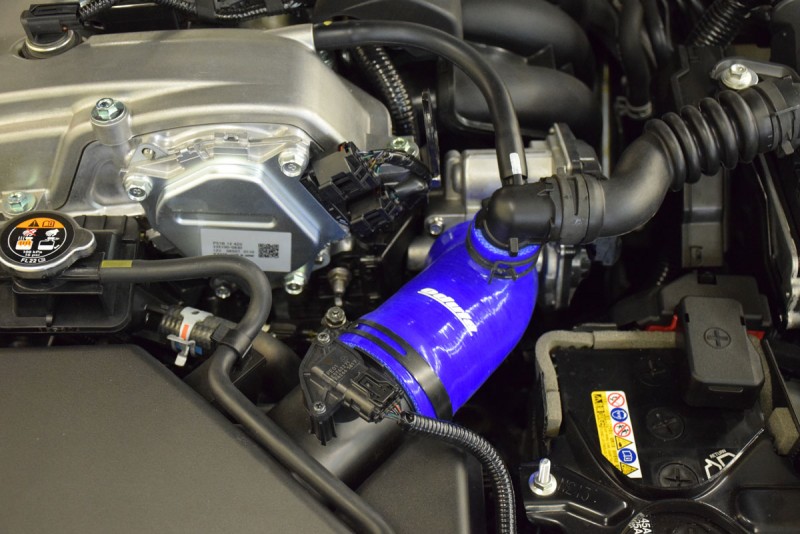
The sound from the intake, however, really was nice and cool to hear. I’d say that for me (living up North), it’s a good setup, but not optimal. Let’s say that it’s more of a “sound enhancement” than a performance upgrade. Still, my car is in no way meant to be a competitive racer, so I just enjoyed it. I’m patiently waiting for Japanese companies to release a nice and effective 2.0L Intake Option.
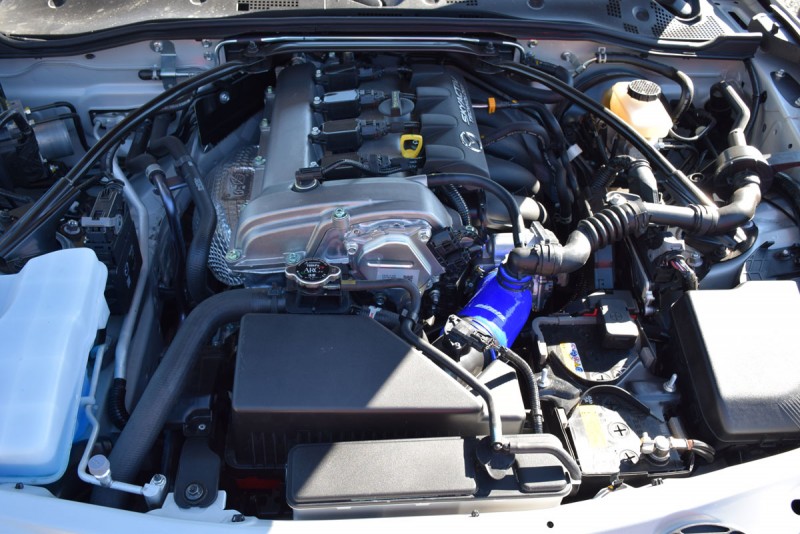
Seat Covers Review
One thing that everyone who sat in or drove my car said was: “I can’t believe how comfortable those seats are”. I have to agree with them 100%. Putting on those Autowear Seat Covers was one very nice comfort modification. The middle piece of the seat cover has a ~0.5” play so that when you sit on it, your spline does not directly touch the seat. It’s hard to explain, but it makes the seat super comfortable and I can say that after driving 5000 miles in the car, I did not have any back pain. The OEM seats are great, but adding the covers just made them much more comfortable and really great for long distance driving. I’ve actually never felt fatigue on my back since I’ve had them. Also, the synthetic leather is non-slippery and spill safe, so it’s pretty great overall.
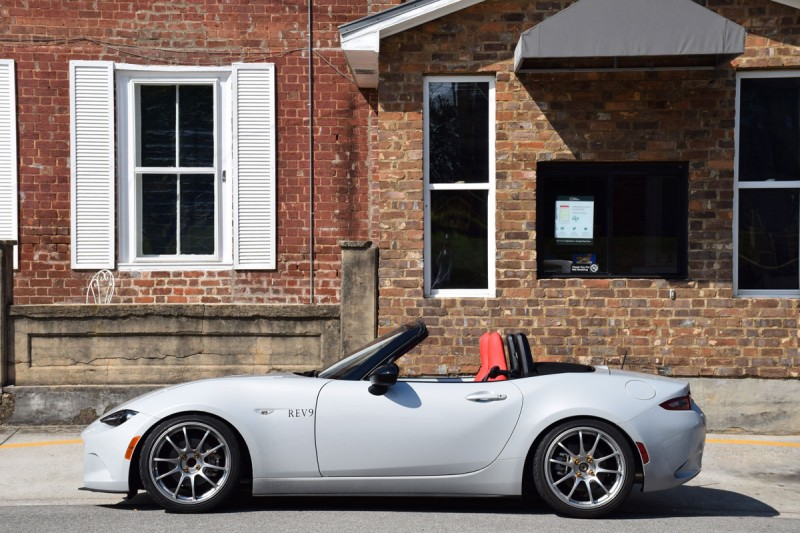
Steering Wheel Review
I will also do a full review of the steering wheel later, so I’ll keep it short again. I put the REAL Japan Leather Steering Wheel in my car. It’s a D-Shaped Steering Wheel with perforated leather. I gotta say that during the whole trip, it felt great. The grip was awesome, it never became slippery and it was thicker than the OEM. The “bumps” on the steering wheel at 3 o’clock and 9 o’clock also felt great during spirited driving.
After 5000 miles, you can see that the perforated leather got dirty (from sunscreen), but other than that it still looks the same and shows no sign of use. I guess I’ll be able to clean the sunscreen inside the holes somehow with a good washing product.
I would say that there is no way I would ever come back to the original steering wheel after having such a quality steering wheel in my hands. The original one just feels cheap compared to this thicker and nicer looking one.
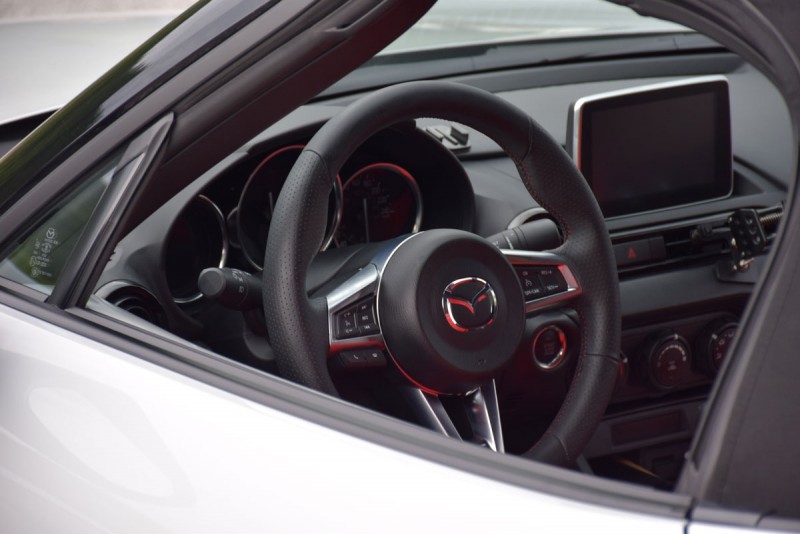
Front Spoiler Review
I installed the RS Factory Stage Front Spoiler during my trip. I have to say that I have mixed feelings about it. While I really love the look of it, I think it made me lose some “travel” with the front end of the vehicle. In the past, the lowest points of the vehicle were the two diffusers in front of the front wheels, and I would scrape them every now and then. Now, the front spoiler is the part that scrapes everywhere. Before installing it, I could enter my driveway (super steep) without scraping and now here’s what it does…
It’s a nice looking part and the issue is probably more my driveway that’s at a terrible angle, but for me, it might be a part that’s going to be removed in the future. Still, the look is very nice and mimics the look of a front lip without paying the high price for it.
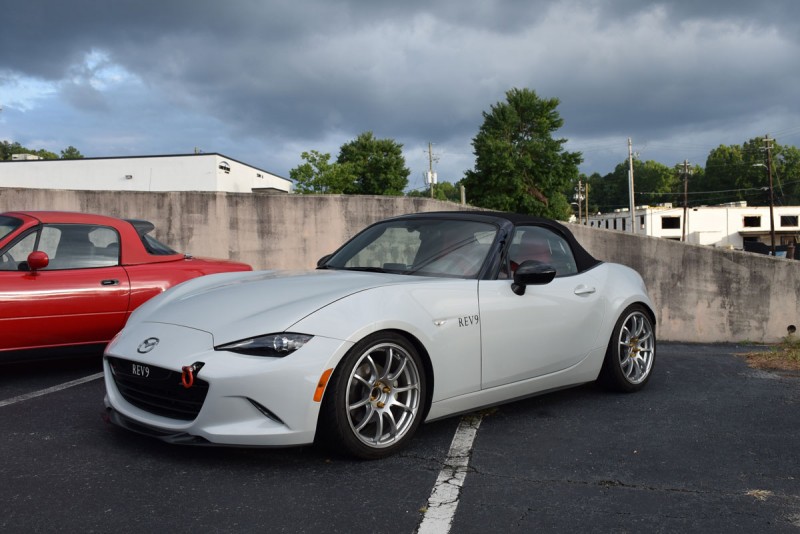
Tow Hooks Review
The Beatrush Tow Hooks were pretty cool to have on the shop car. It gave the car a nice racing look and also saved the paint of my bumper when parking in the city. I know they are not intended to be used to protect the bumper, but I decided to use them this way. On a long road trip, including multiple big cities, things happen. And I know for a fact that the bigger the cities are, the less people care about their cars. That’s why it was a nice feeling to park the car with the hooks and not care about having someone else’s paint on the car. It’s also very easy to install and remove, so, for me, it was pretty useful. I quite like the look, so I keep them on all the time.
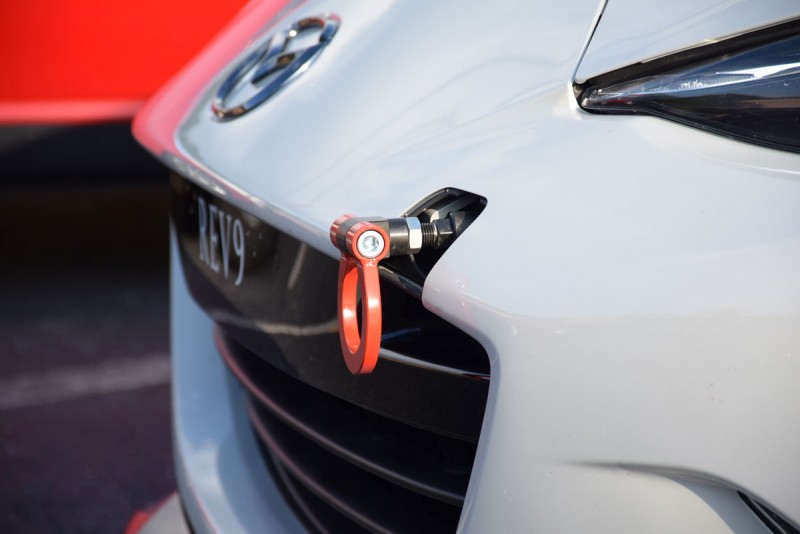
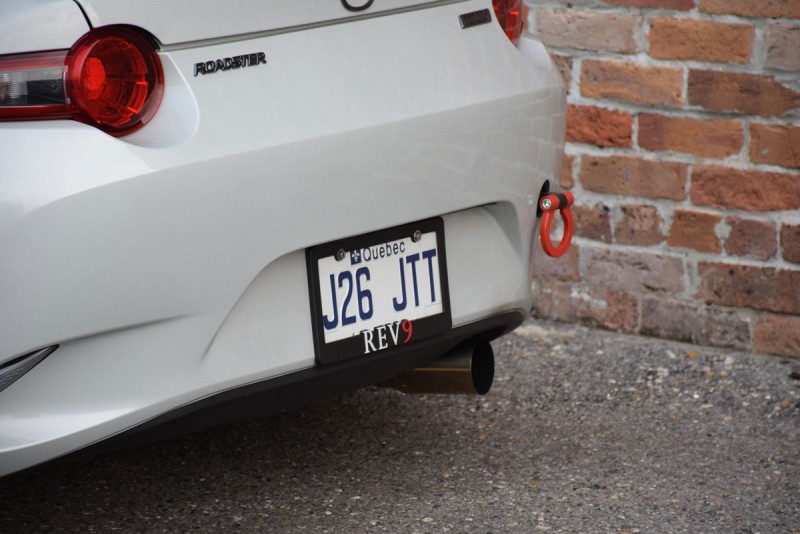
Cellphone Holder Review
I wouldn’t usually even consider this a mod, but oh my god it was a great feature to have. The ZOOM Ventilation Cellphone Holder is so convenient to use, and allows you to put your phone in a nice location to use WAZE or just select music. It can be rotated so you can use it vertically or horizontally. Instead of having your phone jumping around inside the car, it’s held firmly and conveniently. I’m actually putting this phone holder in all my other cars because it’s so nice to have. The great thing too is that it’ll work with any phone or case and you can put your phone in it with one hand in less than a second. The position in the ND is great — the only drawback is that you lose a bit of ventilation, but it’s no big deal (after 5000 miles and different types of weather, I’m talking from experience).
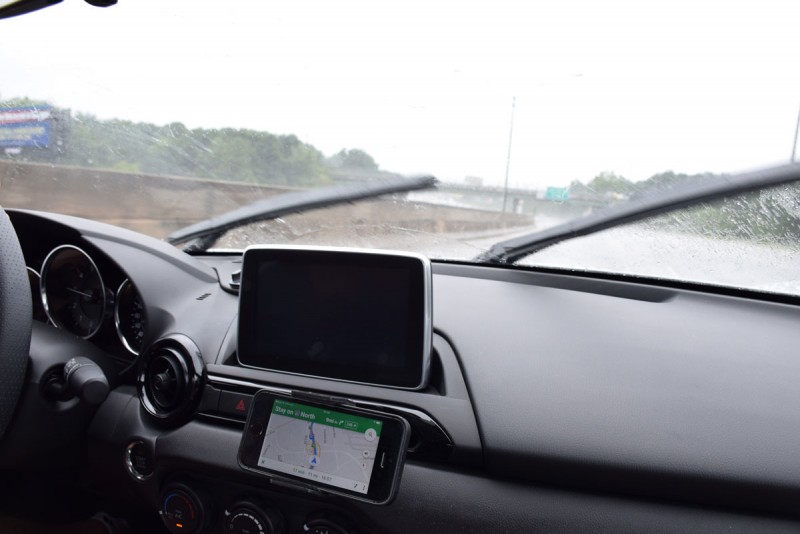
Part I wish I had
After 5000 miles, there are features that you realize you wish you had. One part I wish I had was Wide Angle Mirrors. When the top is down, it’s no big deal. However, when the top is up, the dead angle on the mirrors is just ridiculous. I almost had a few accidents because I couldn’t see the car in the dead angle. I know from experience (because I ran them in my NB), the wide angle mirrors solve that problem. Also, the blue tint from the mirrors is great against fatigue at night and when being followed by cars with high beams.
That’s pretty much the only thing I felt would make the car perfect. Other than that, the whole package from the ND is pretty awesome as-is.
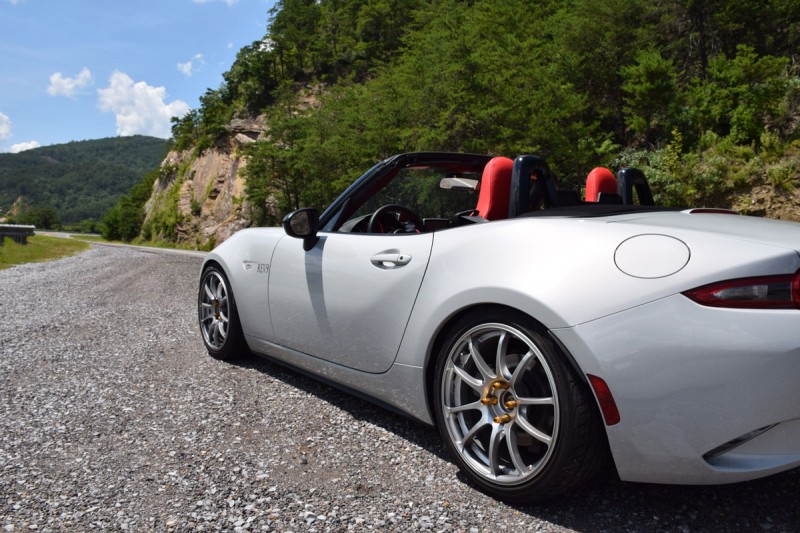
Well, this was the review of most parts I installed and how they improved my overall trip over having a stock car. I’m certain the stock car is awesome for road trips, but I feel I improved it in so many ways it became a perfect car for road tripping. I want to say that this is an honest review about the parts we offer for the ND that I felt were great to have during a long road trip. Some may agree, some may disagree with my sayings, but I can confirm that they were great for this 5000 miles trip.
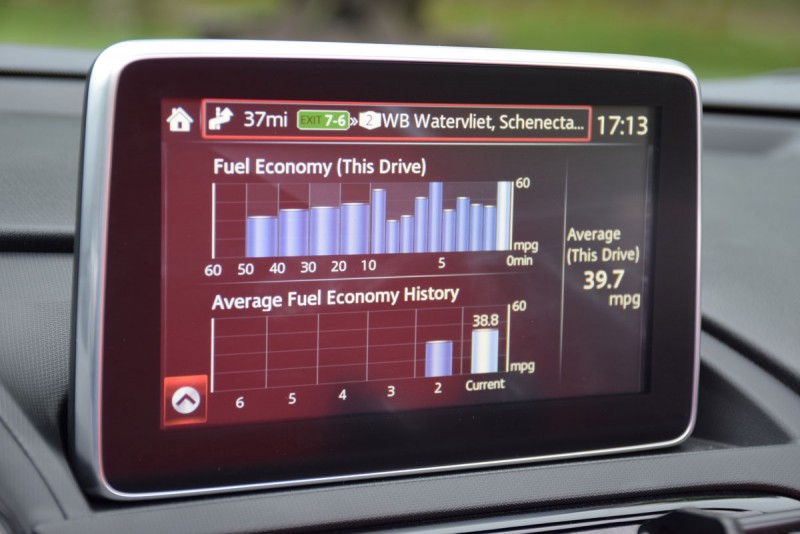
Next year, I’m considering doing the whole of the USA and Canada for REV9’s 10th Anniversary, so many of these parts will be tested for longevity too. However, it’s very possible that I’ll run other parts, depending what’s new on the market~


